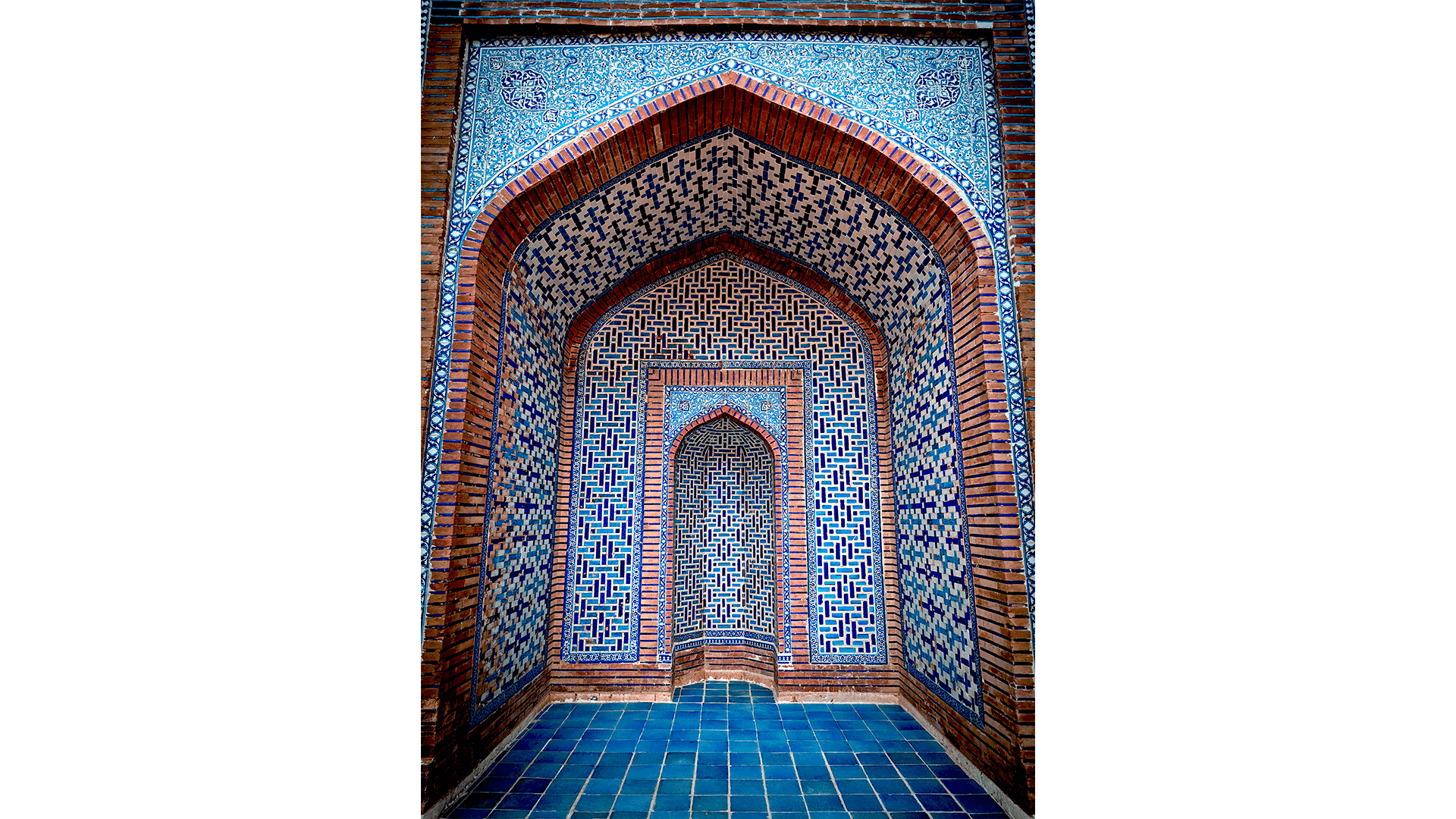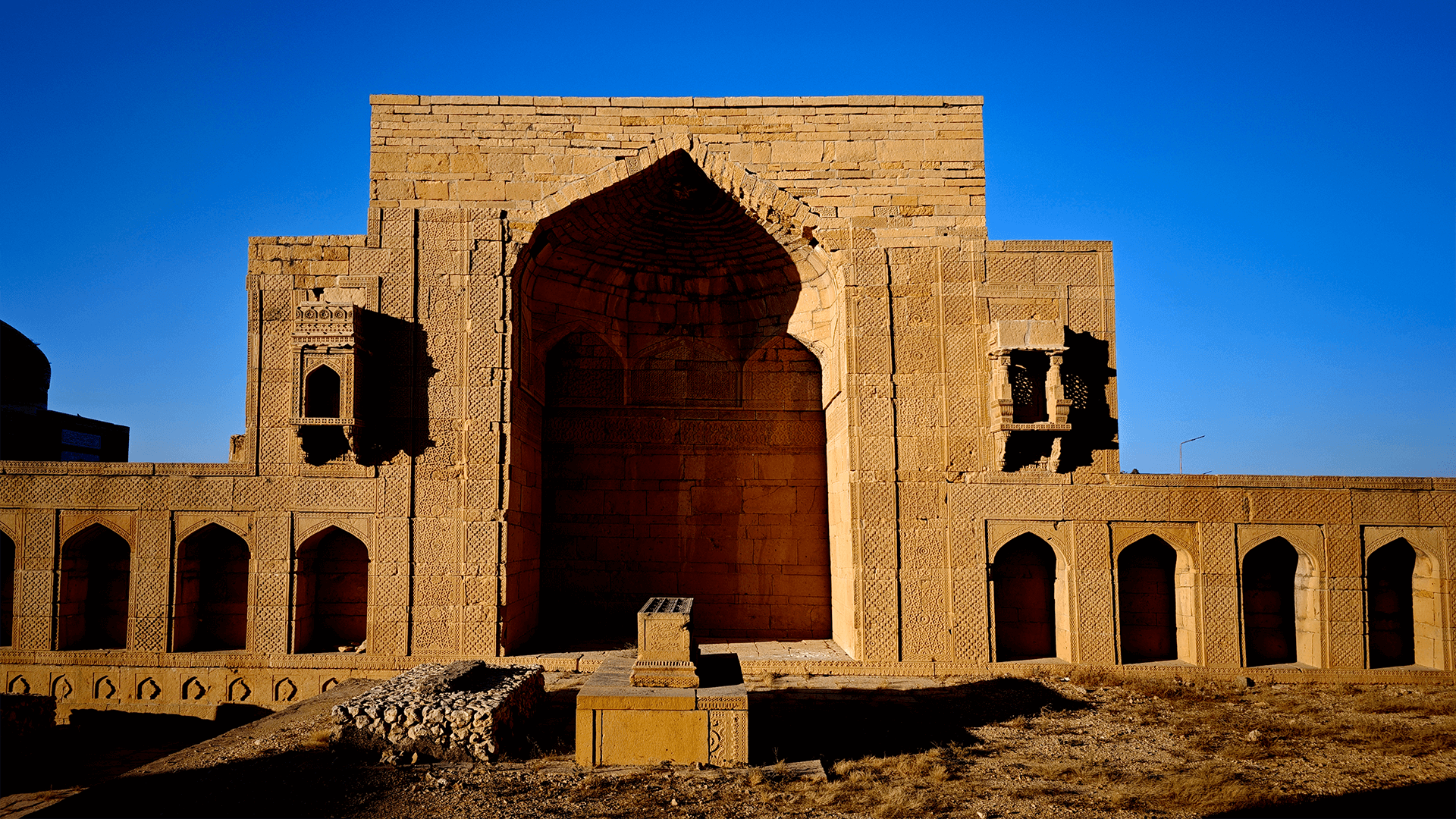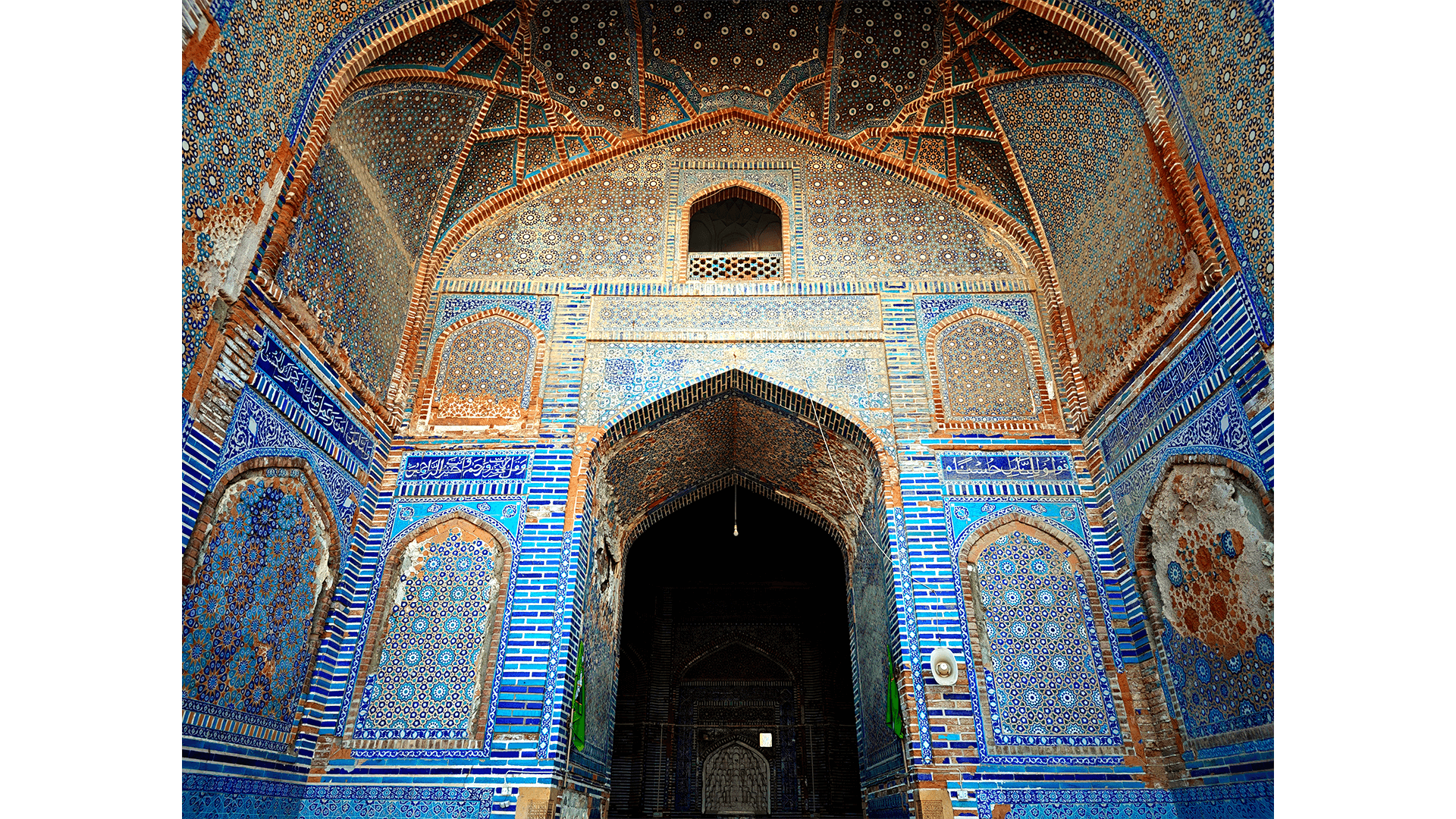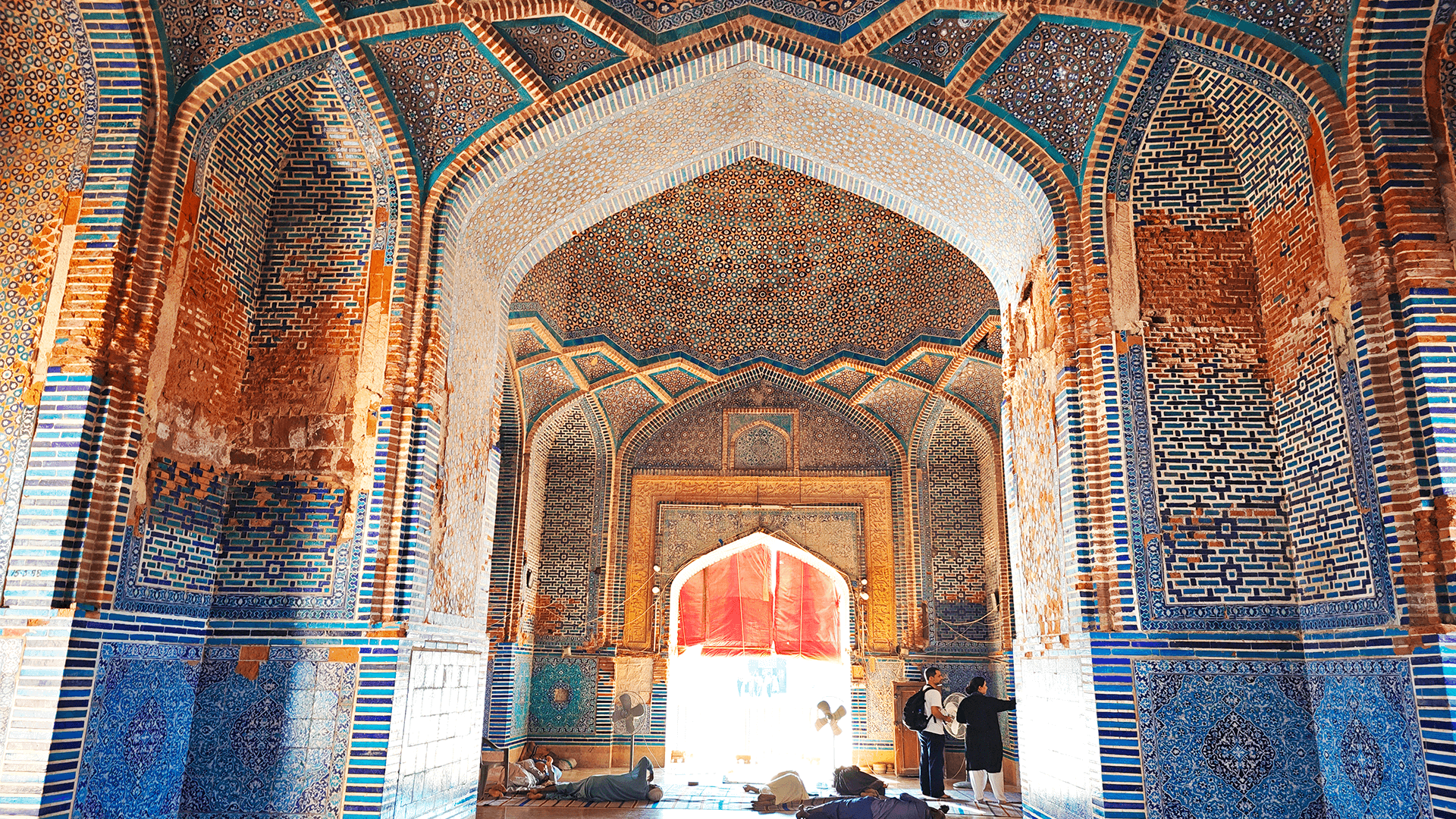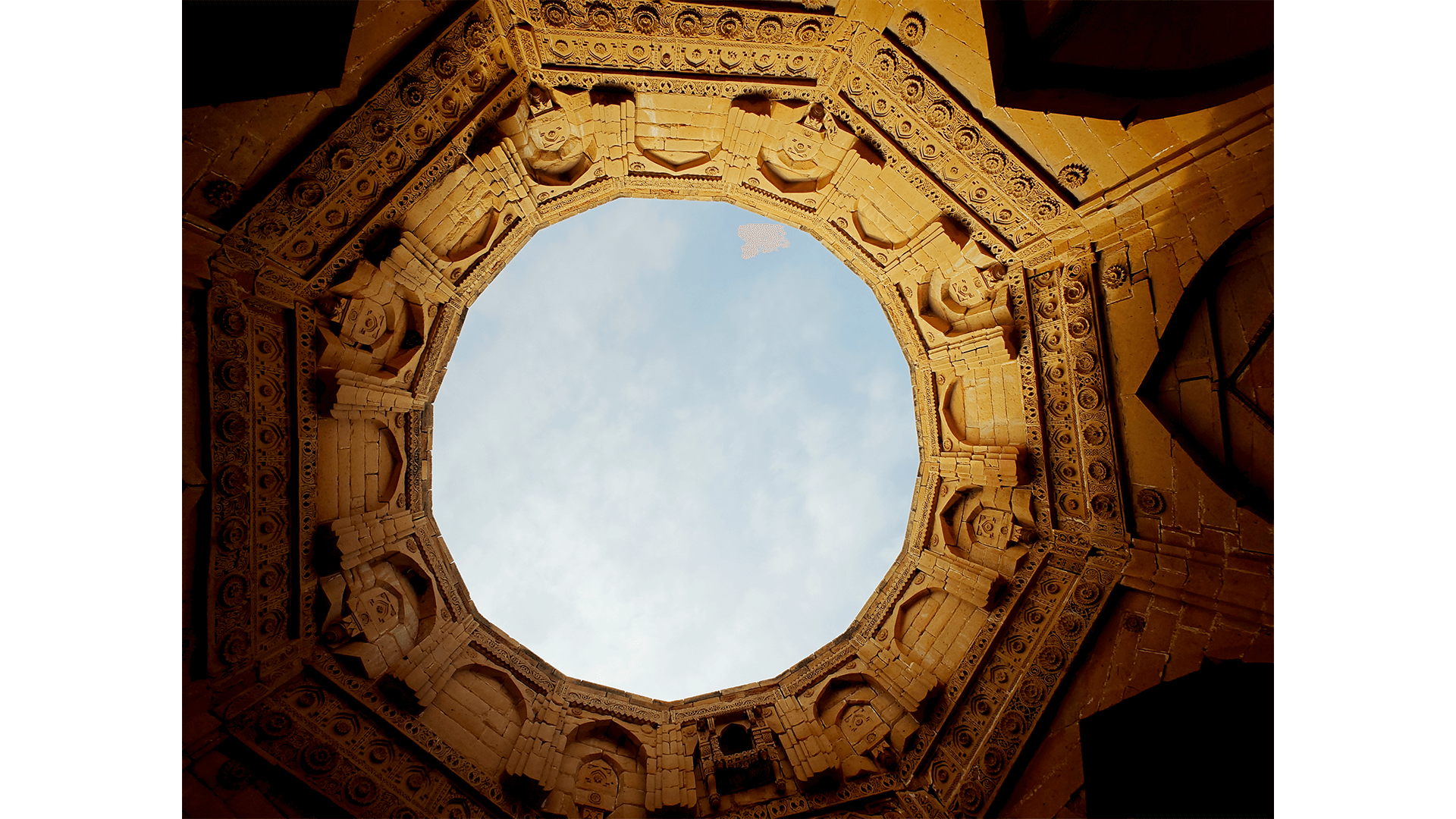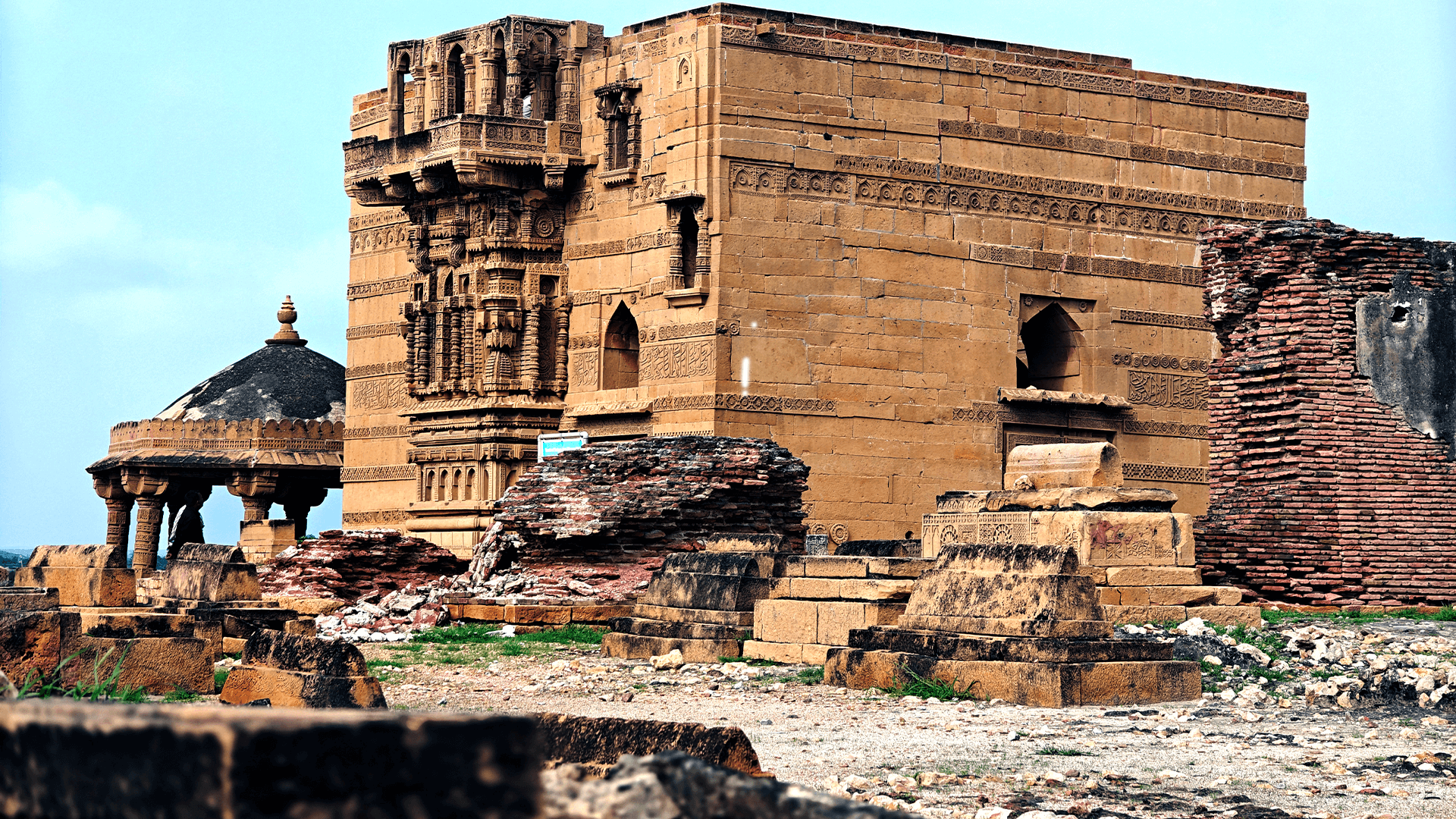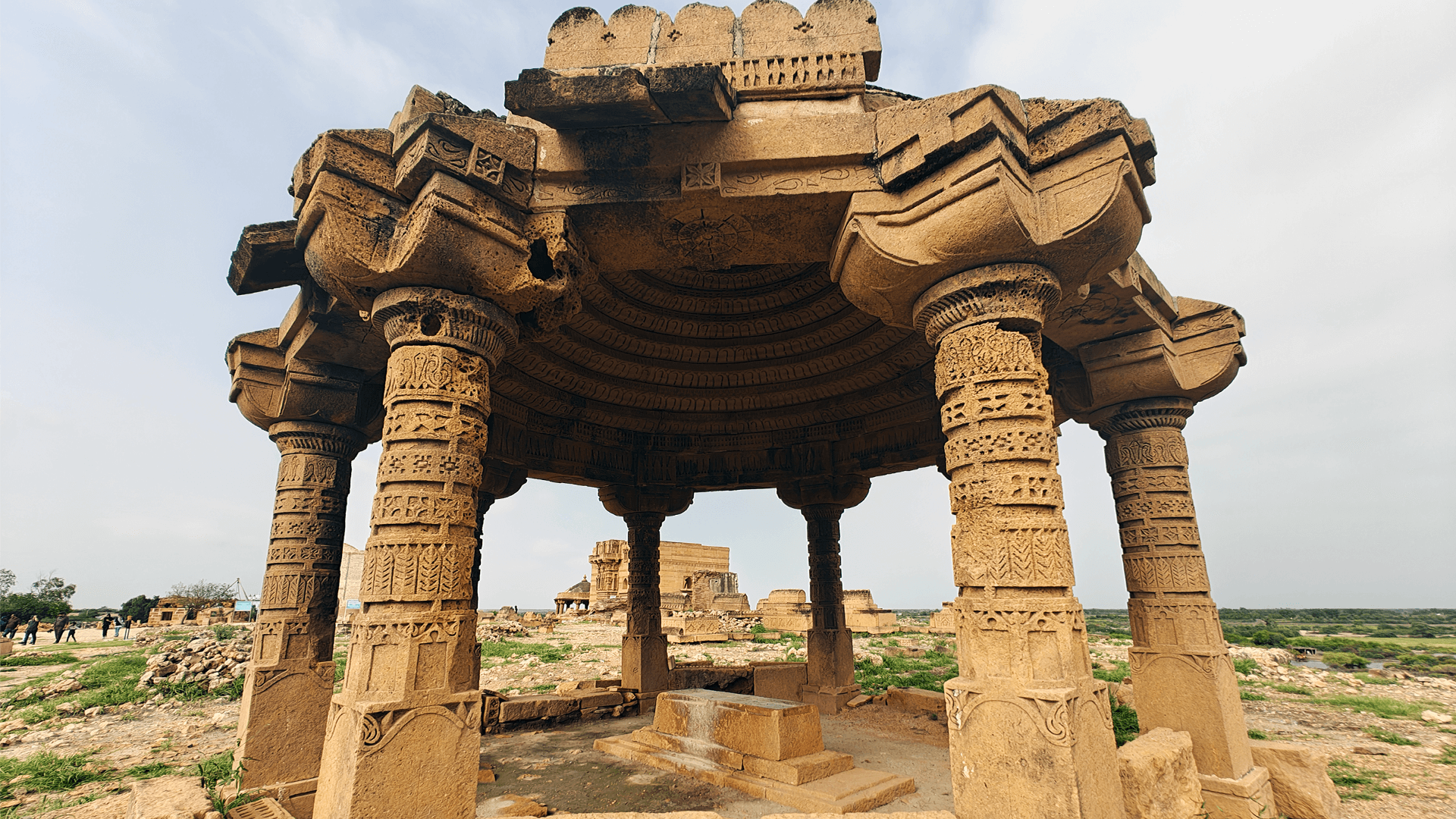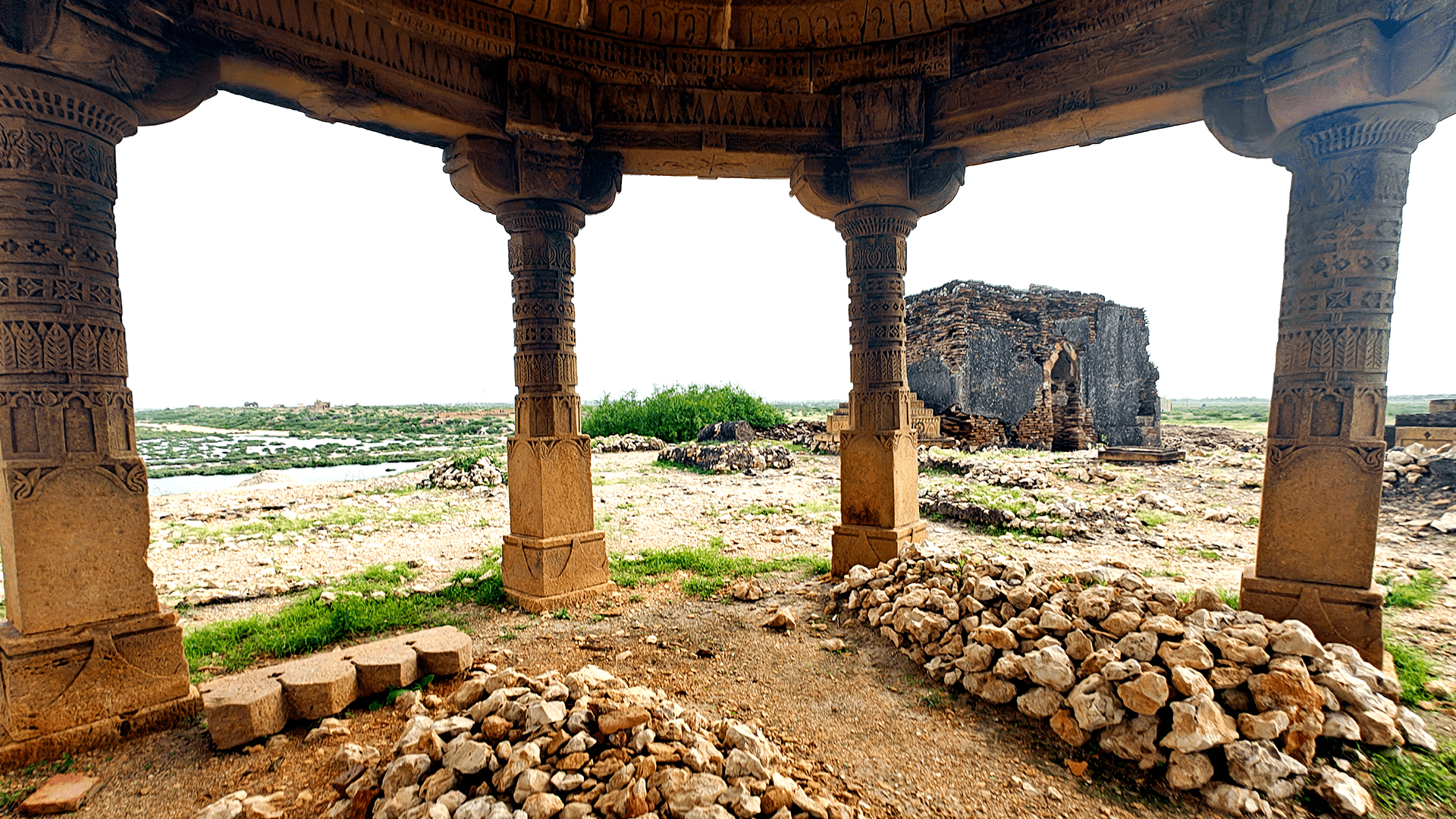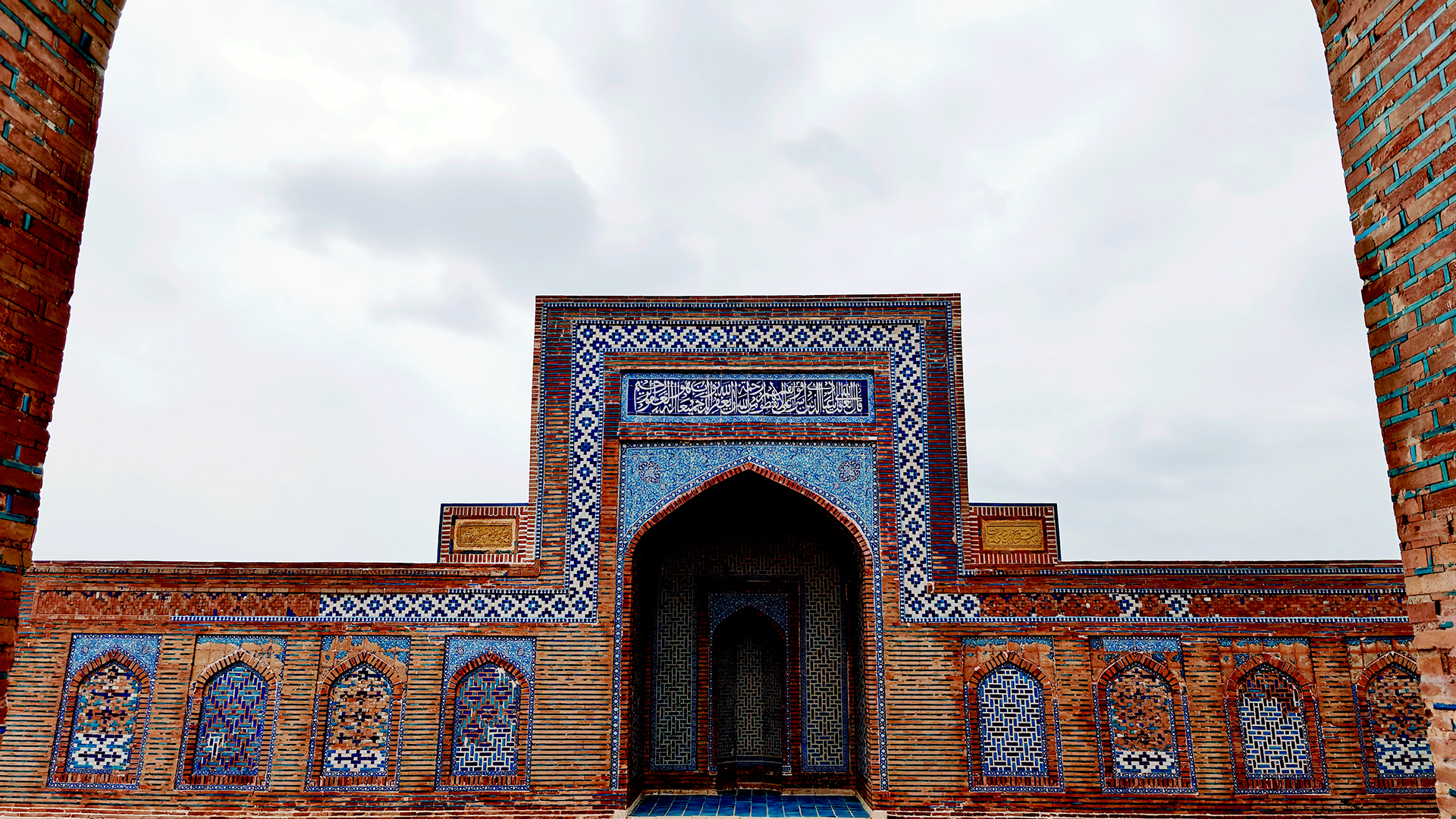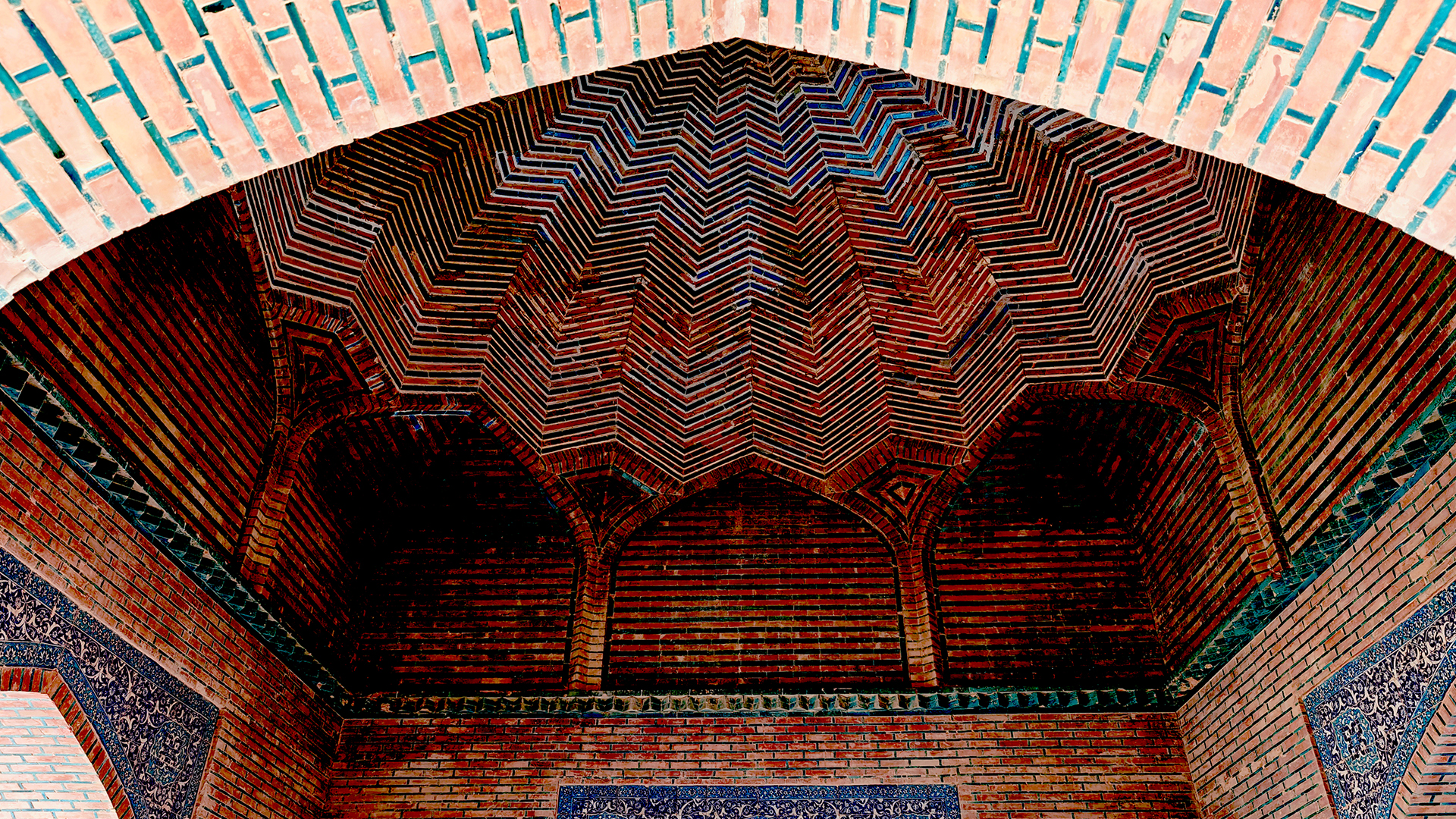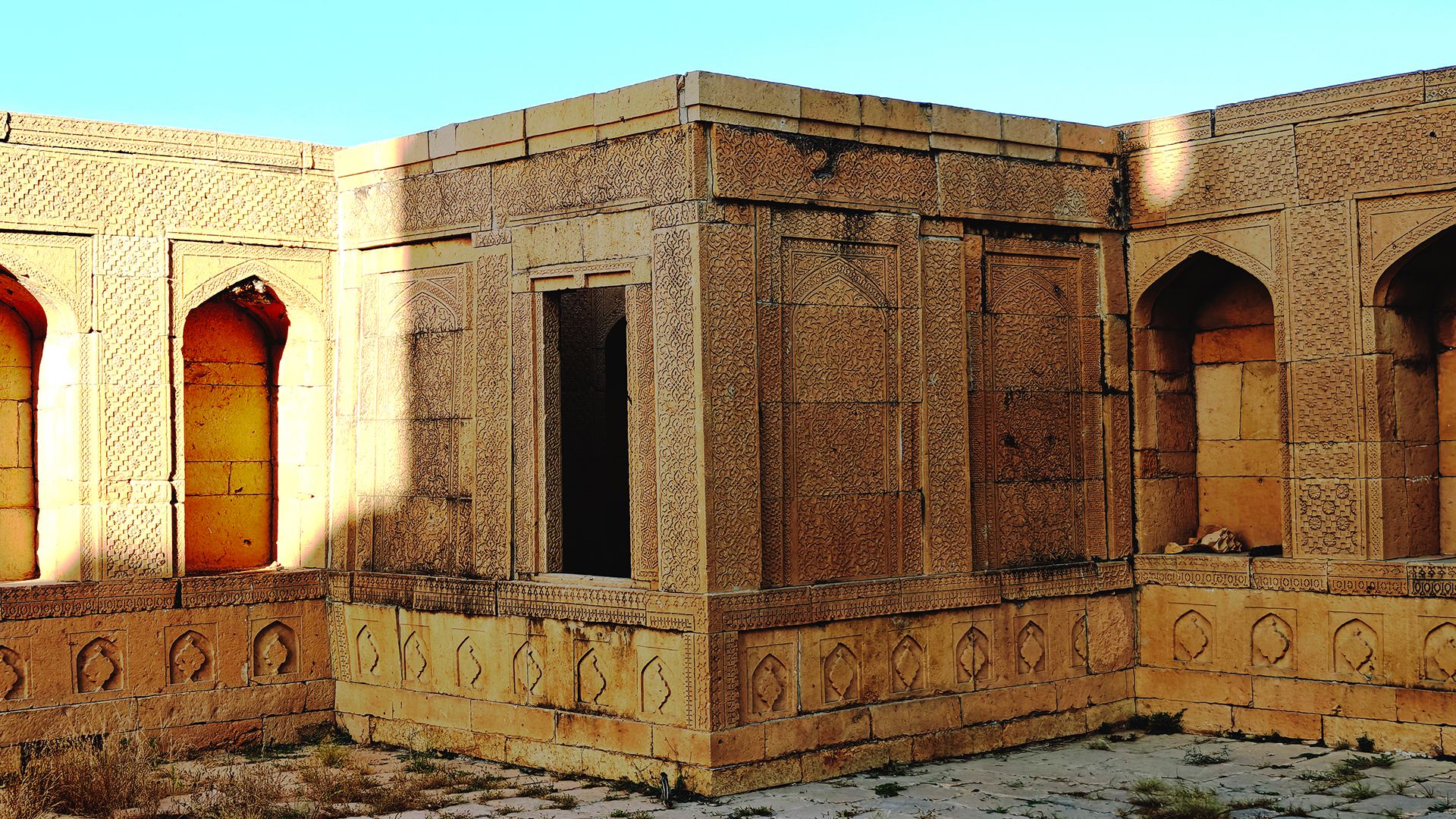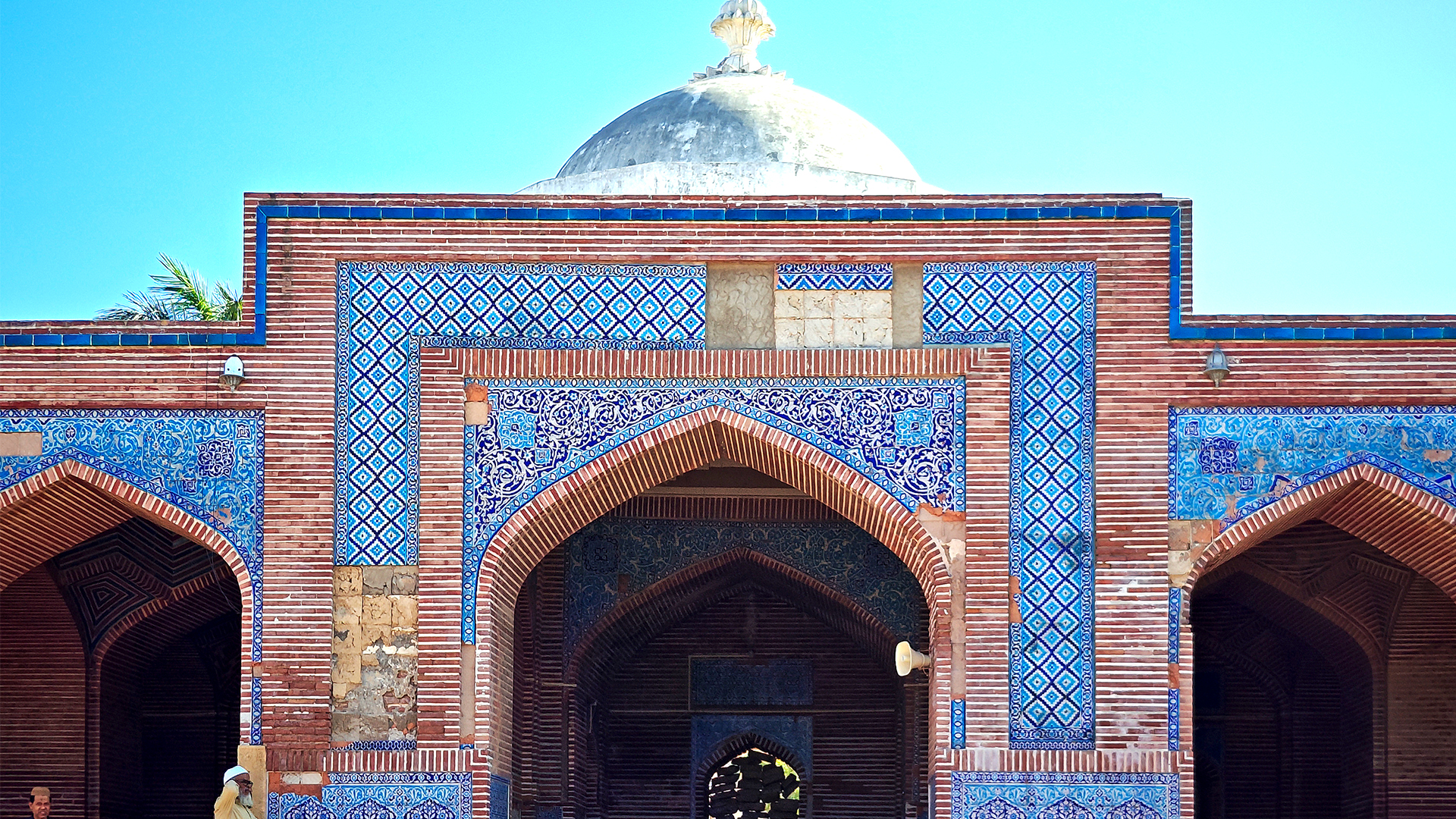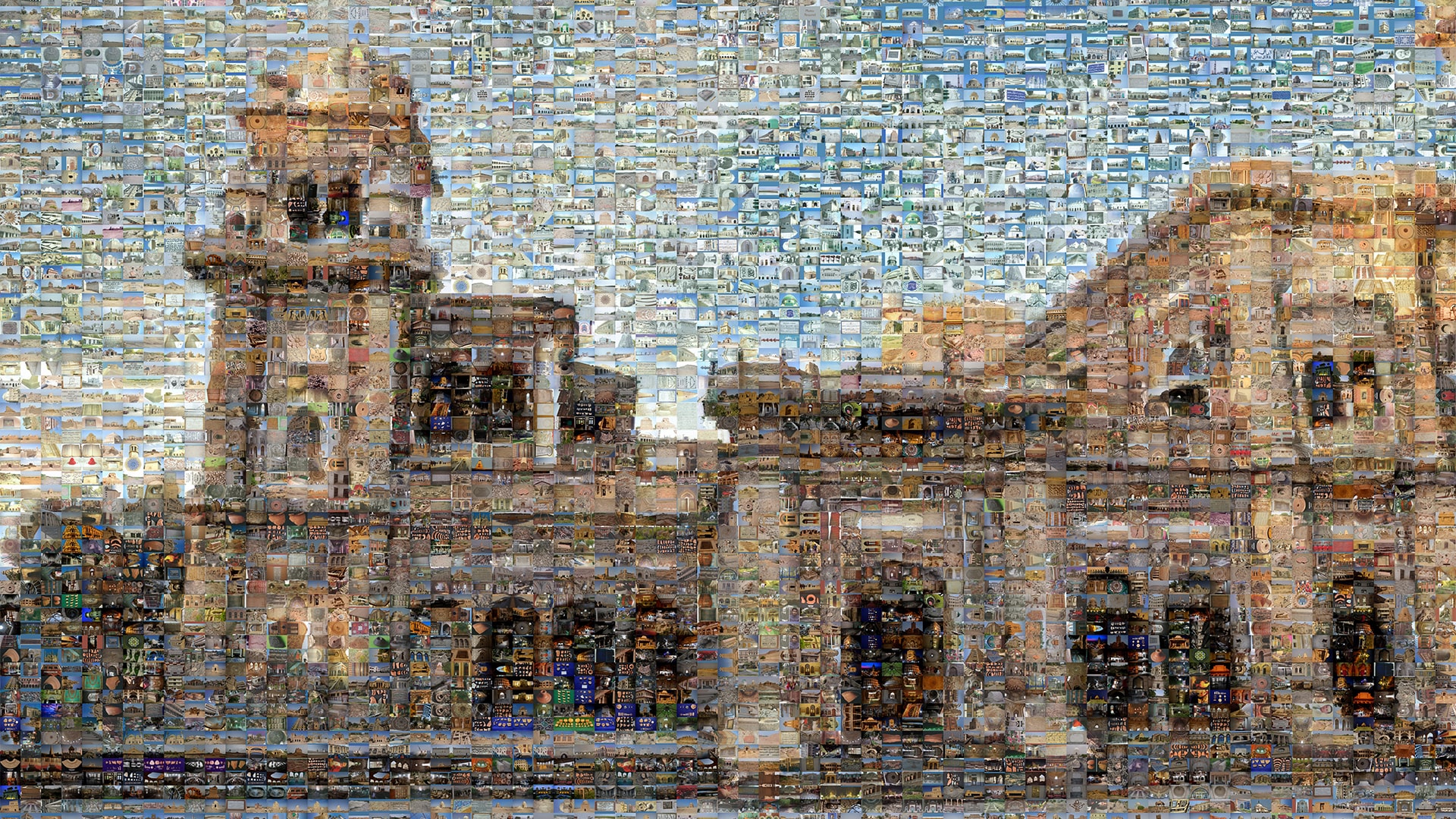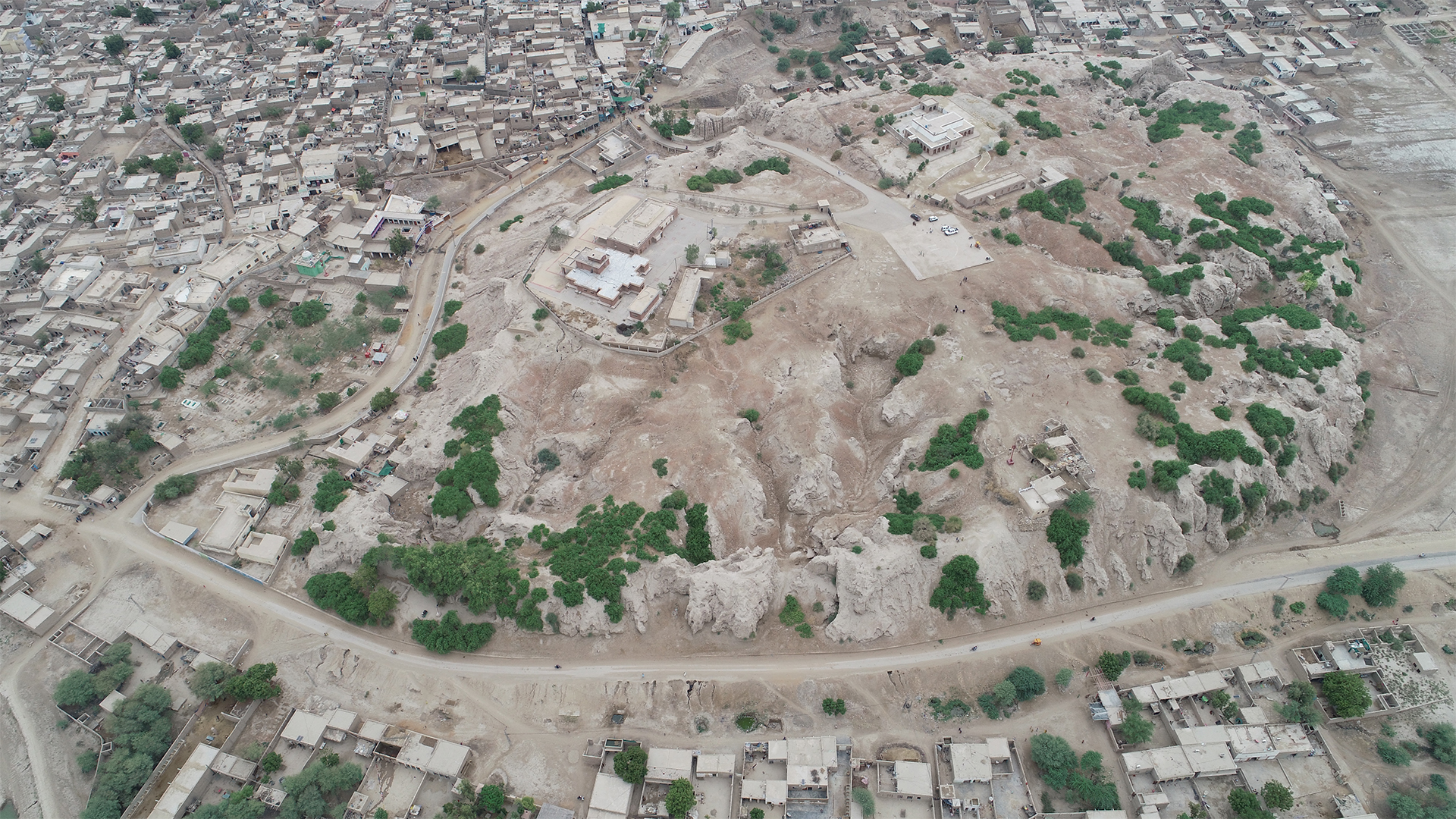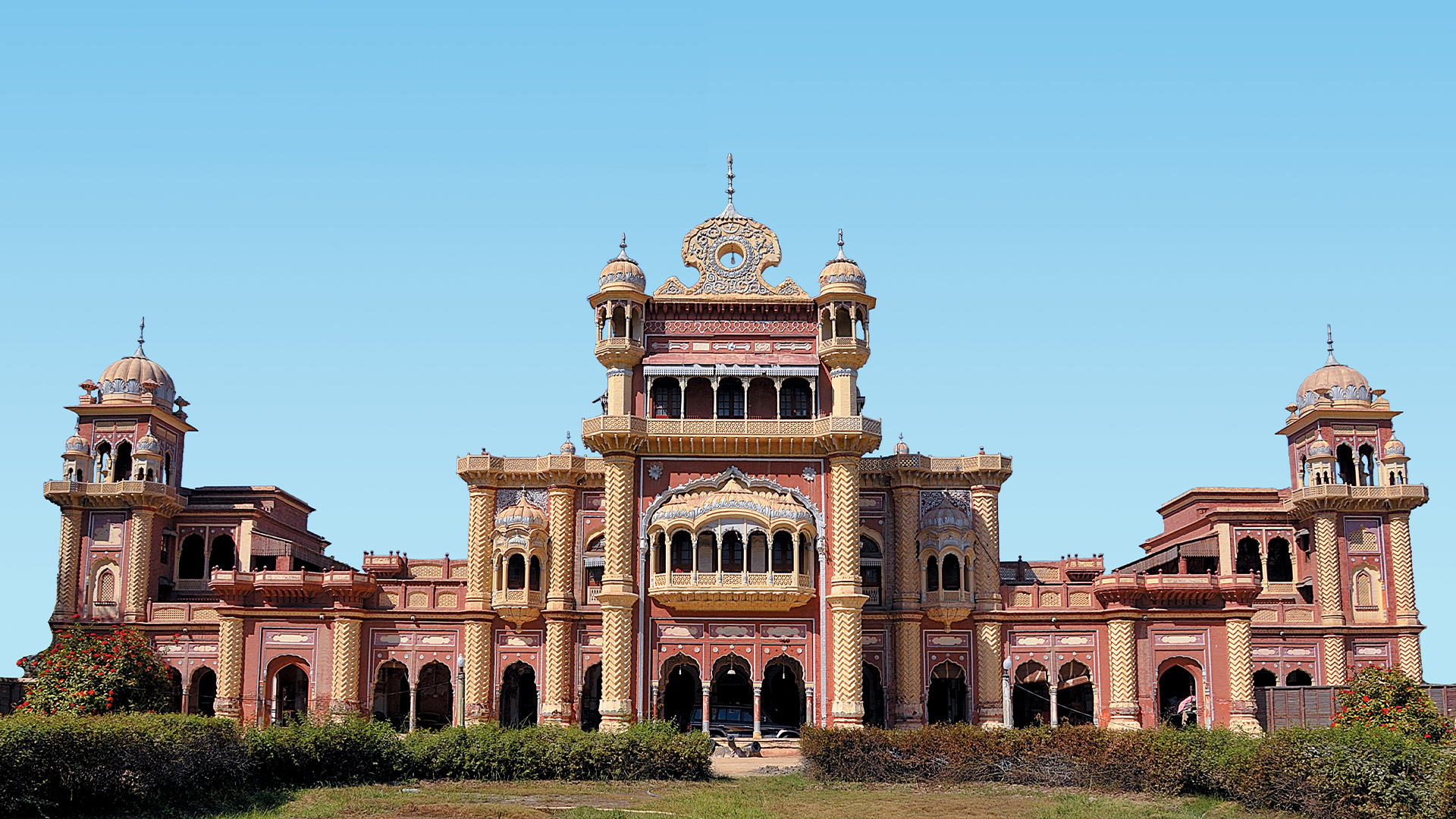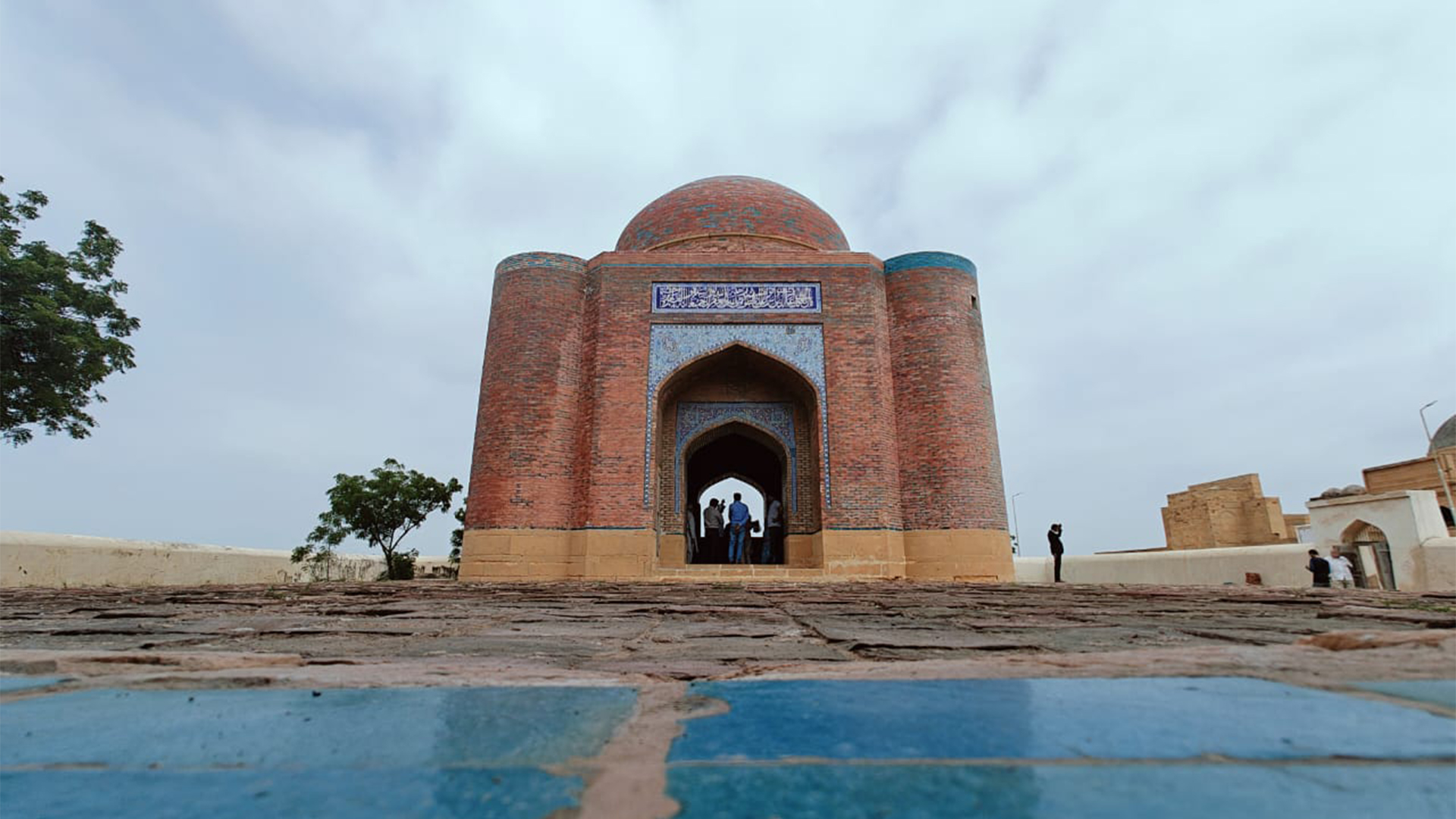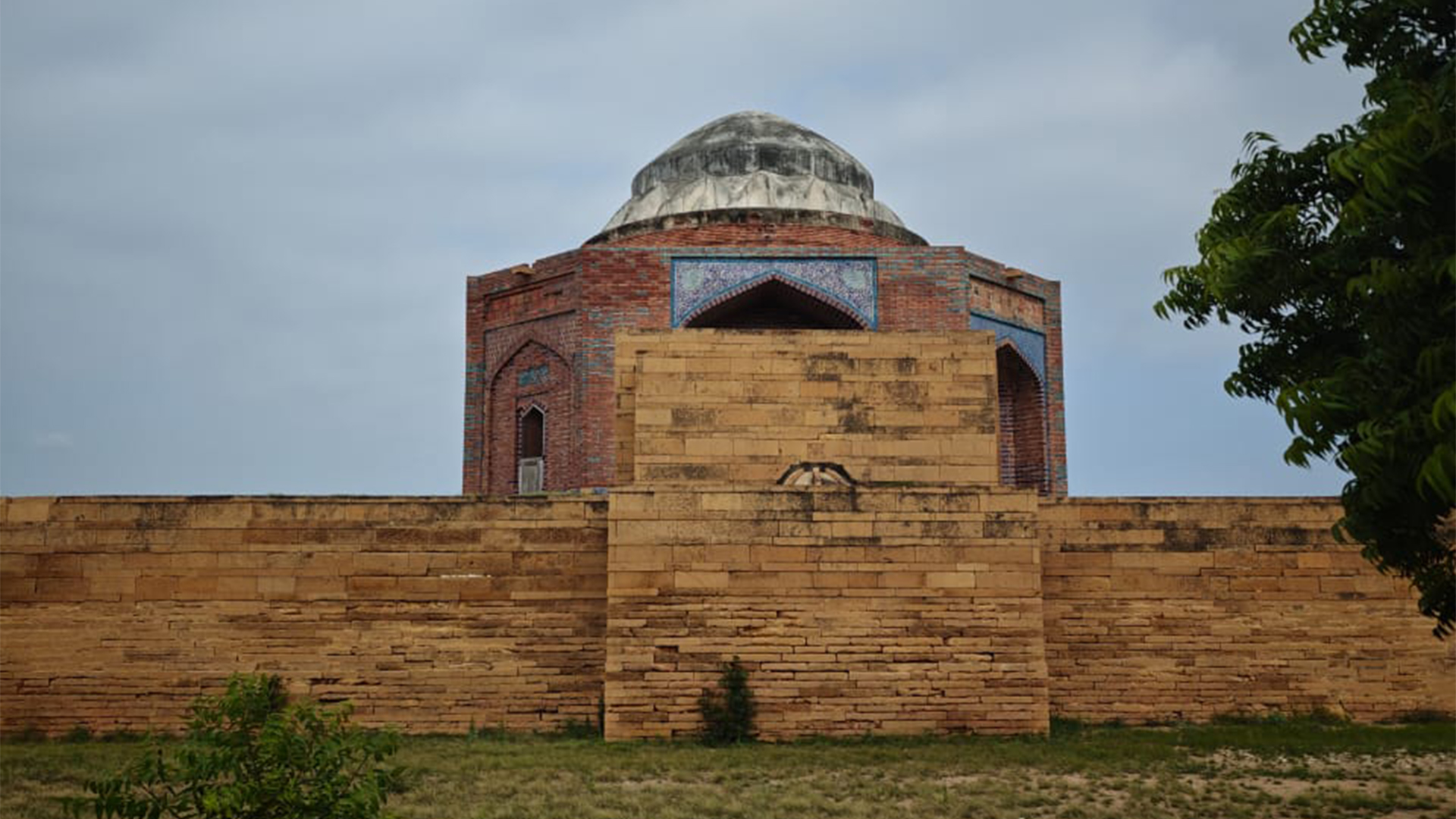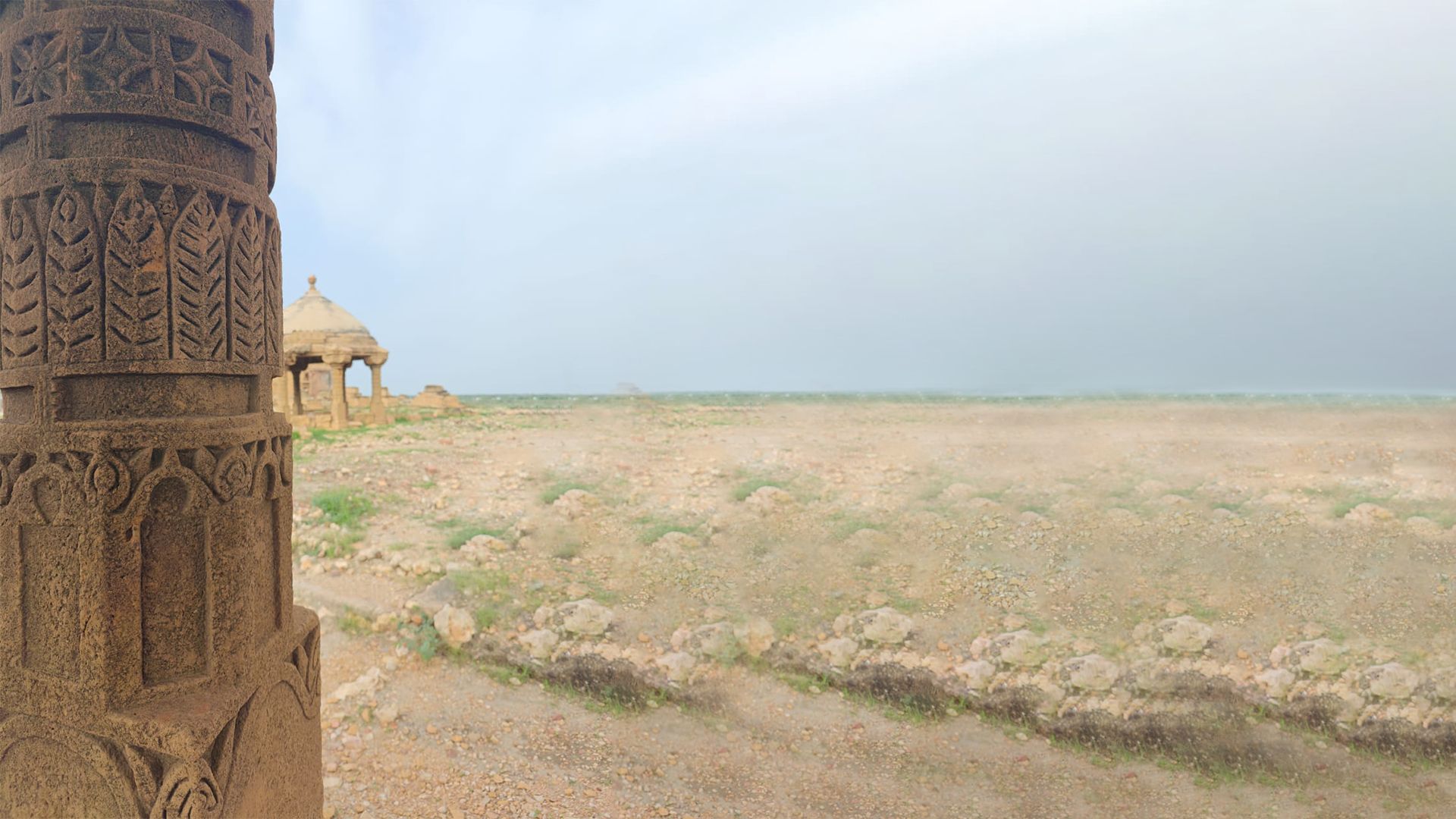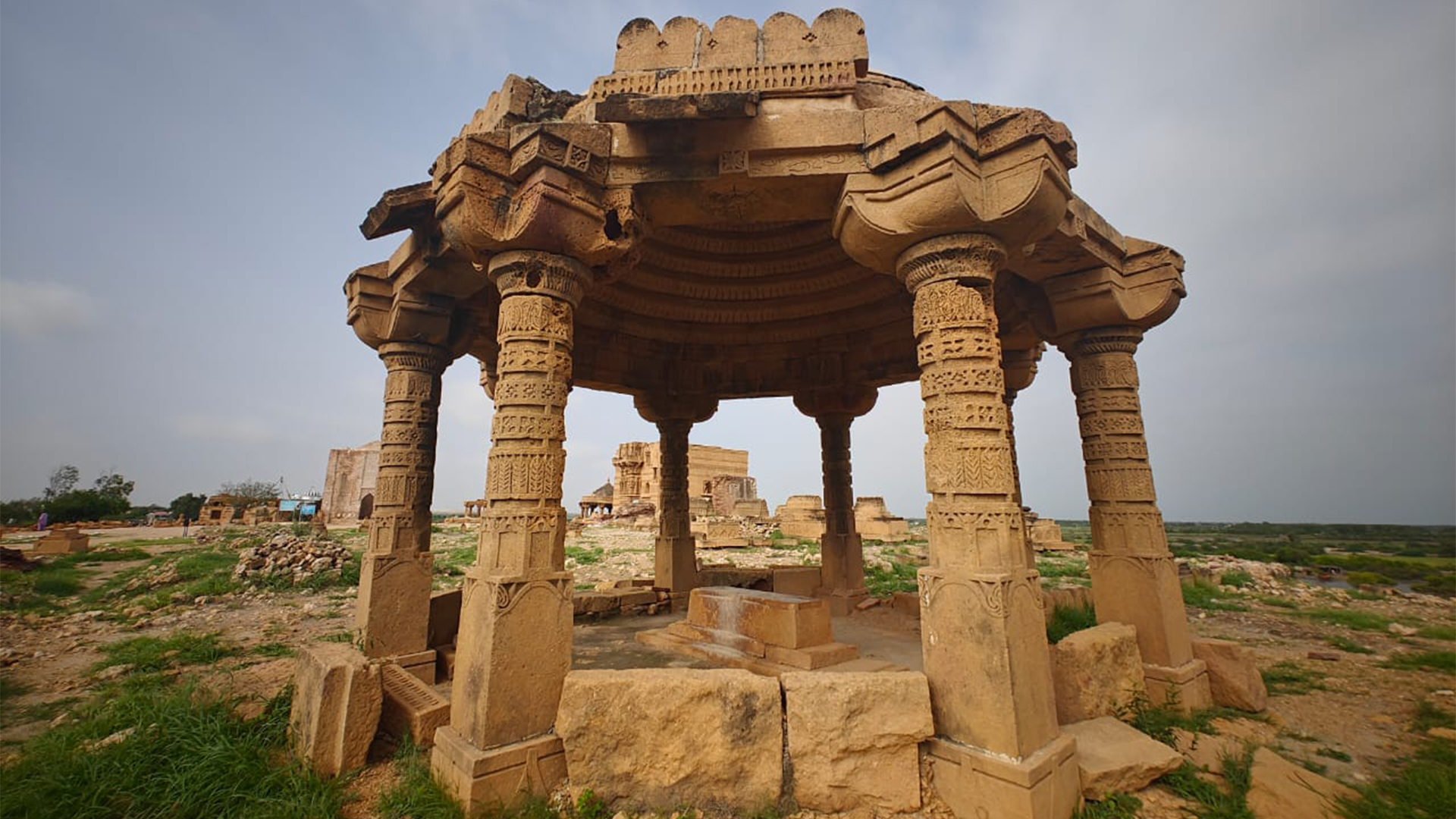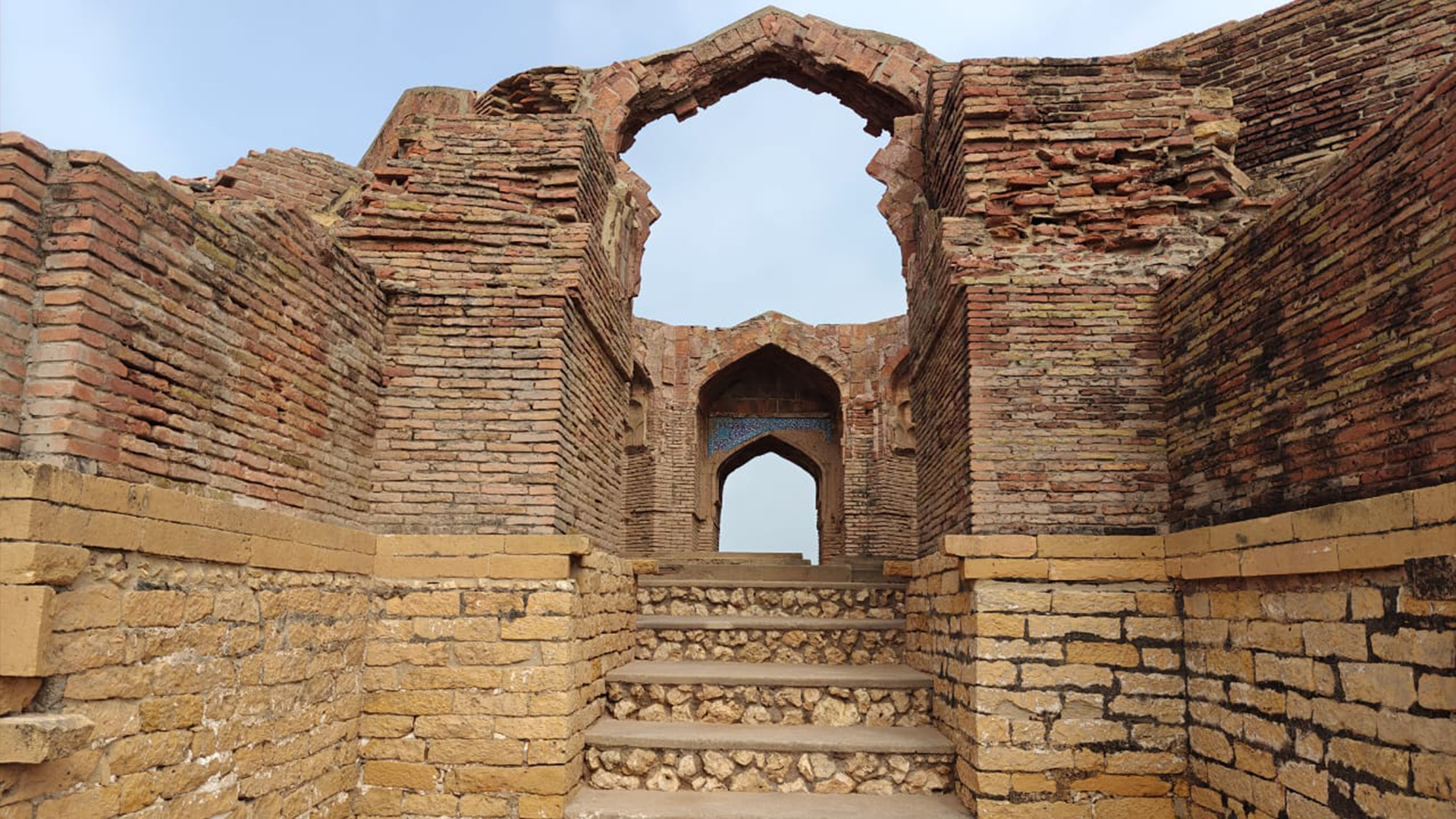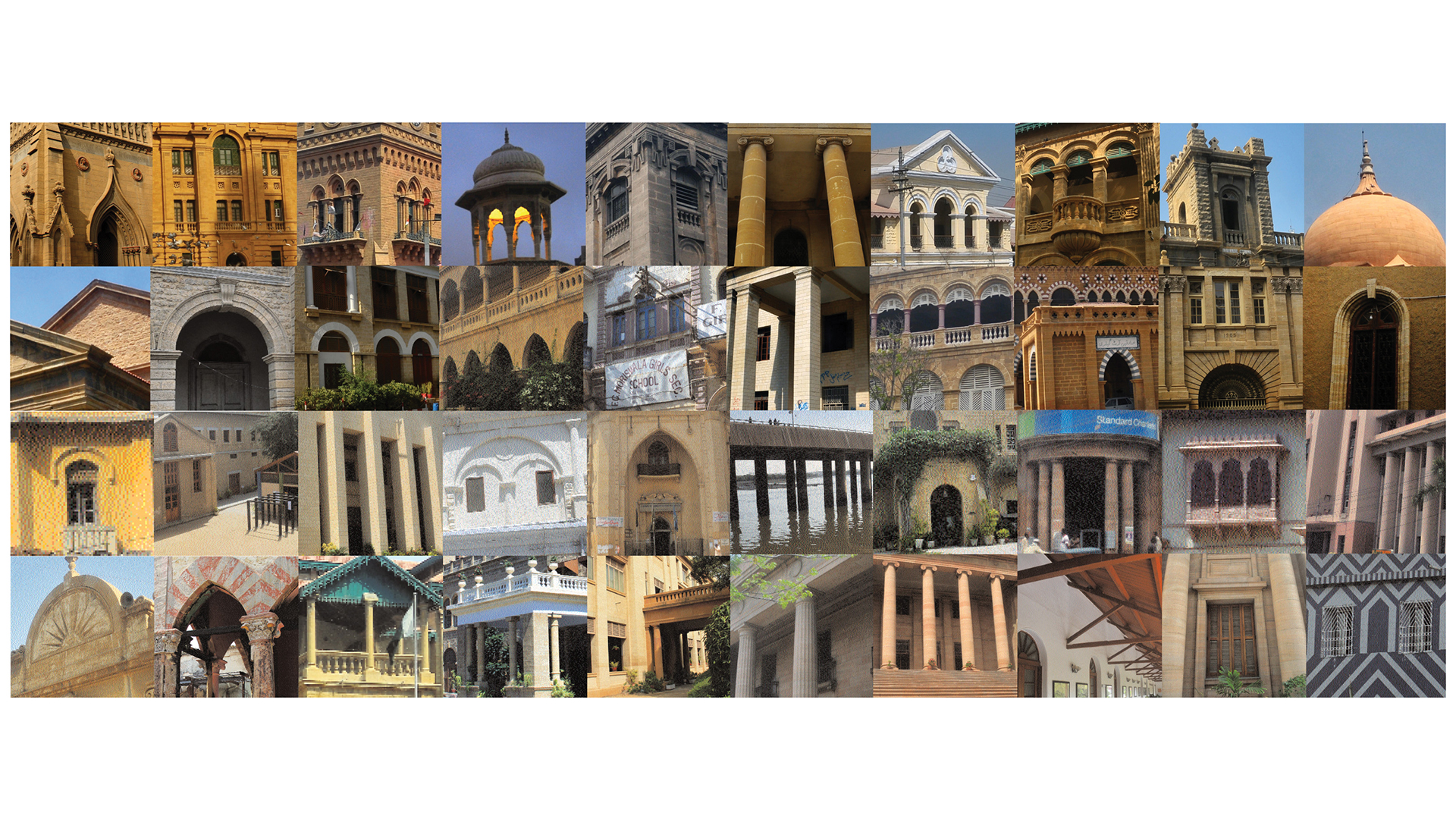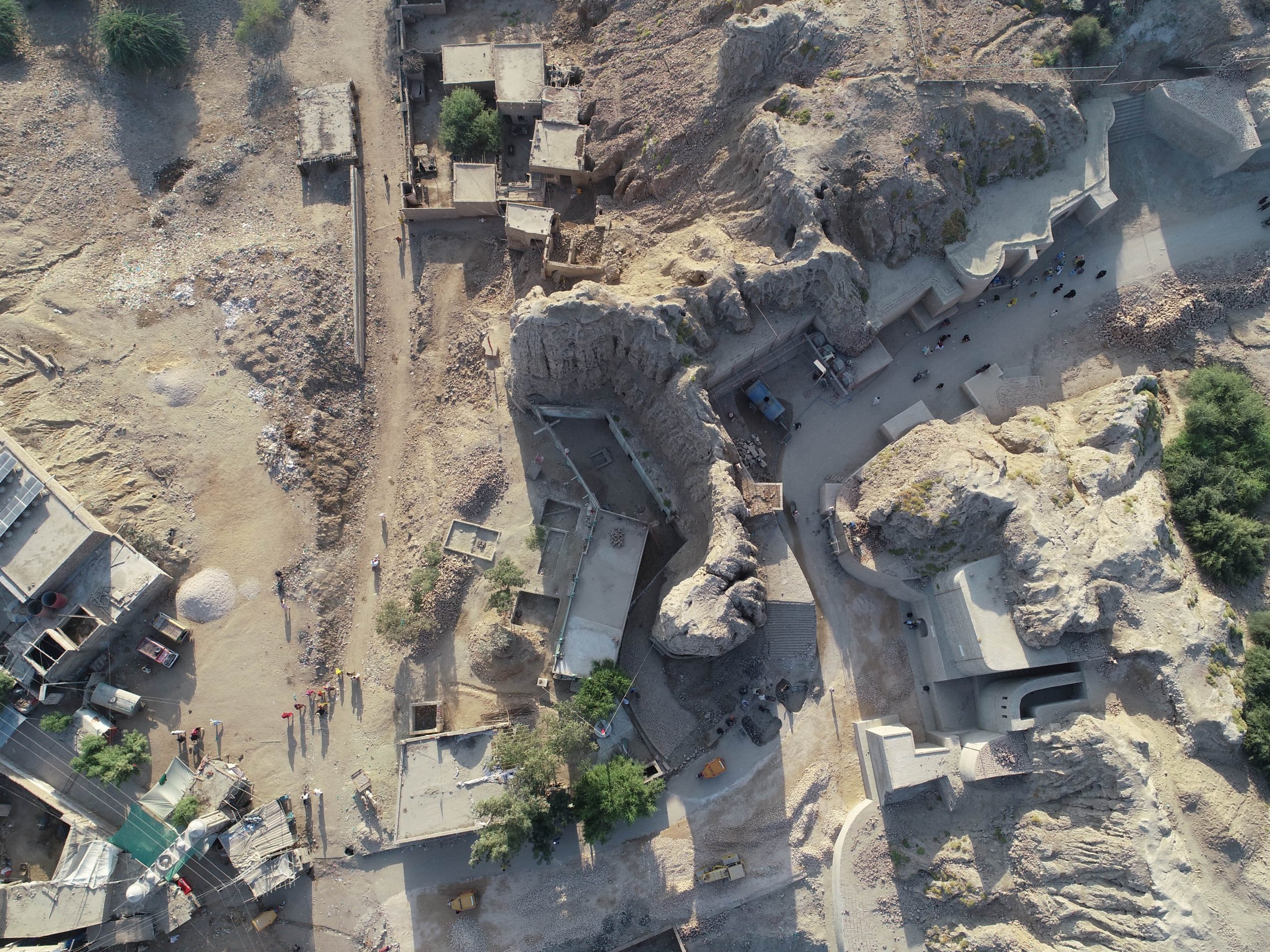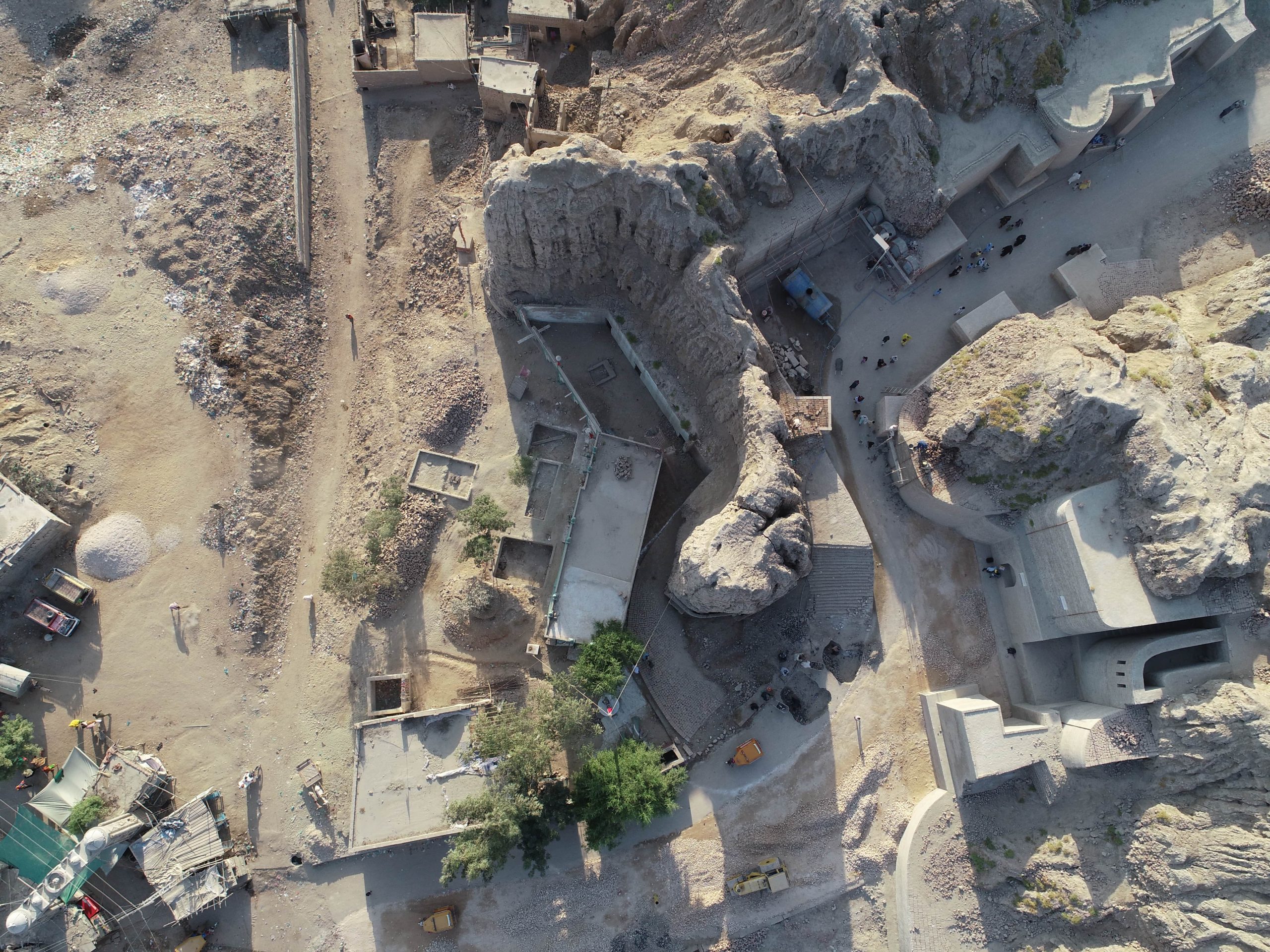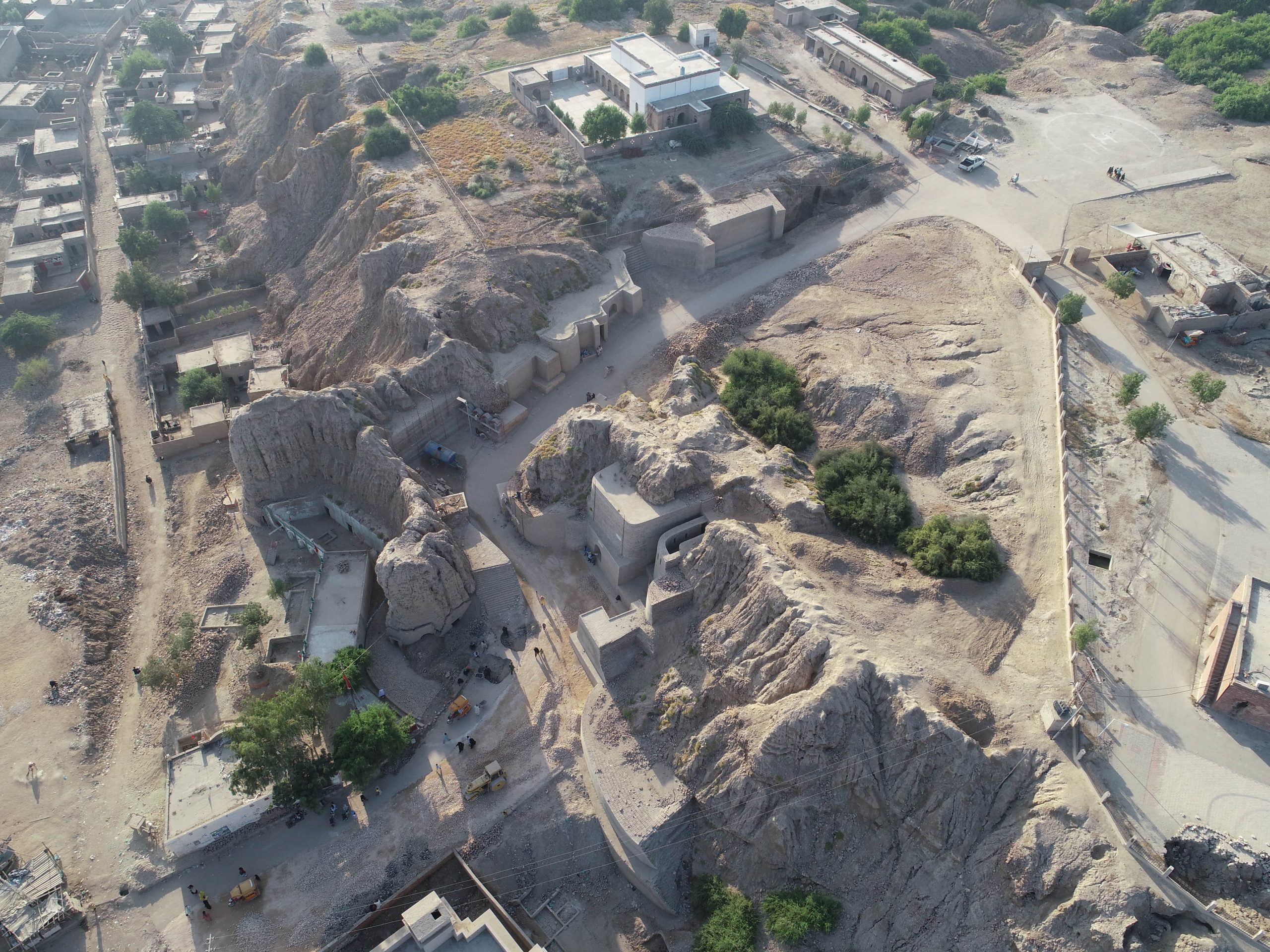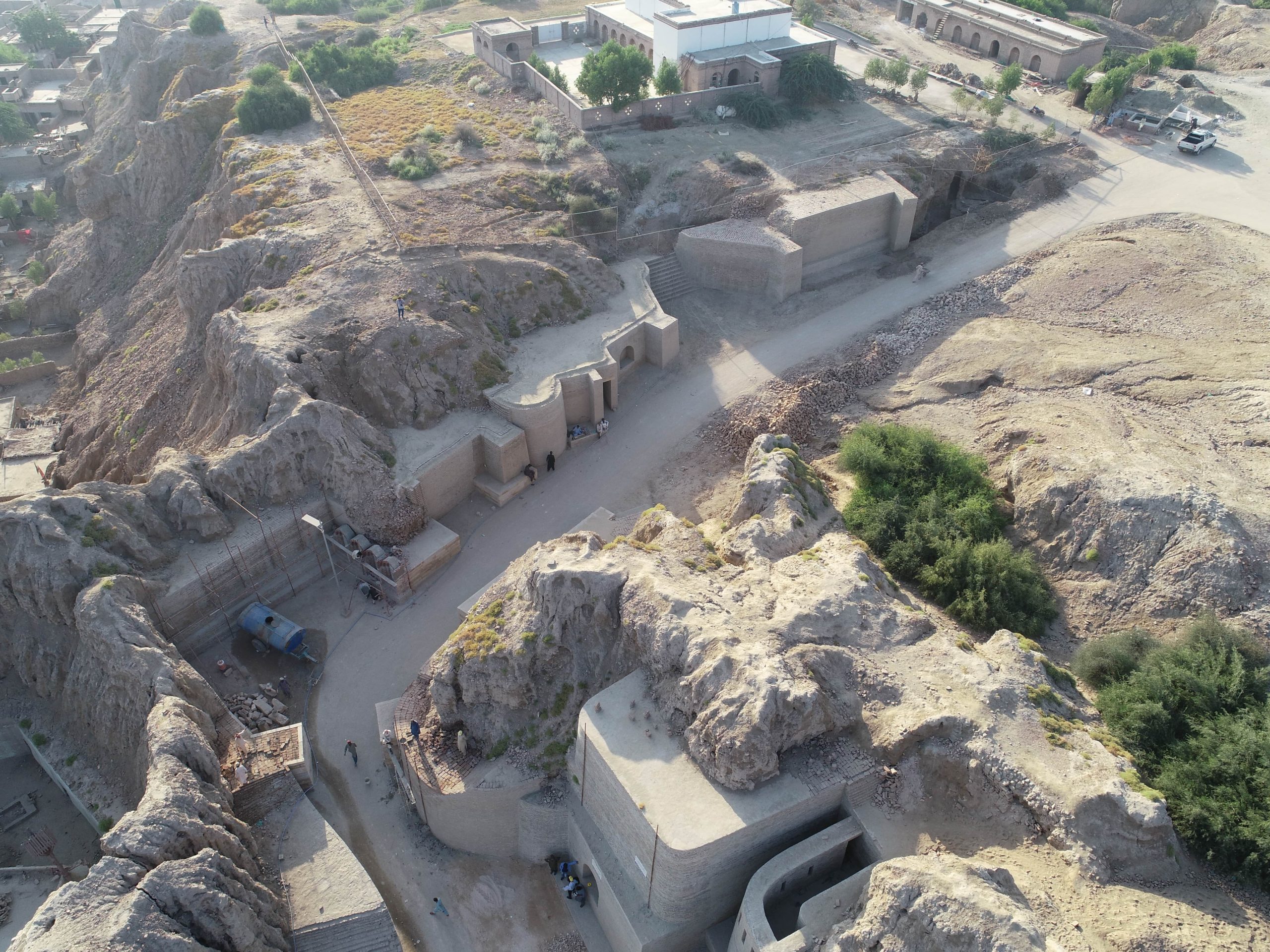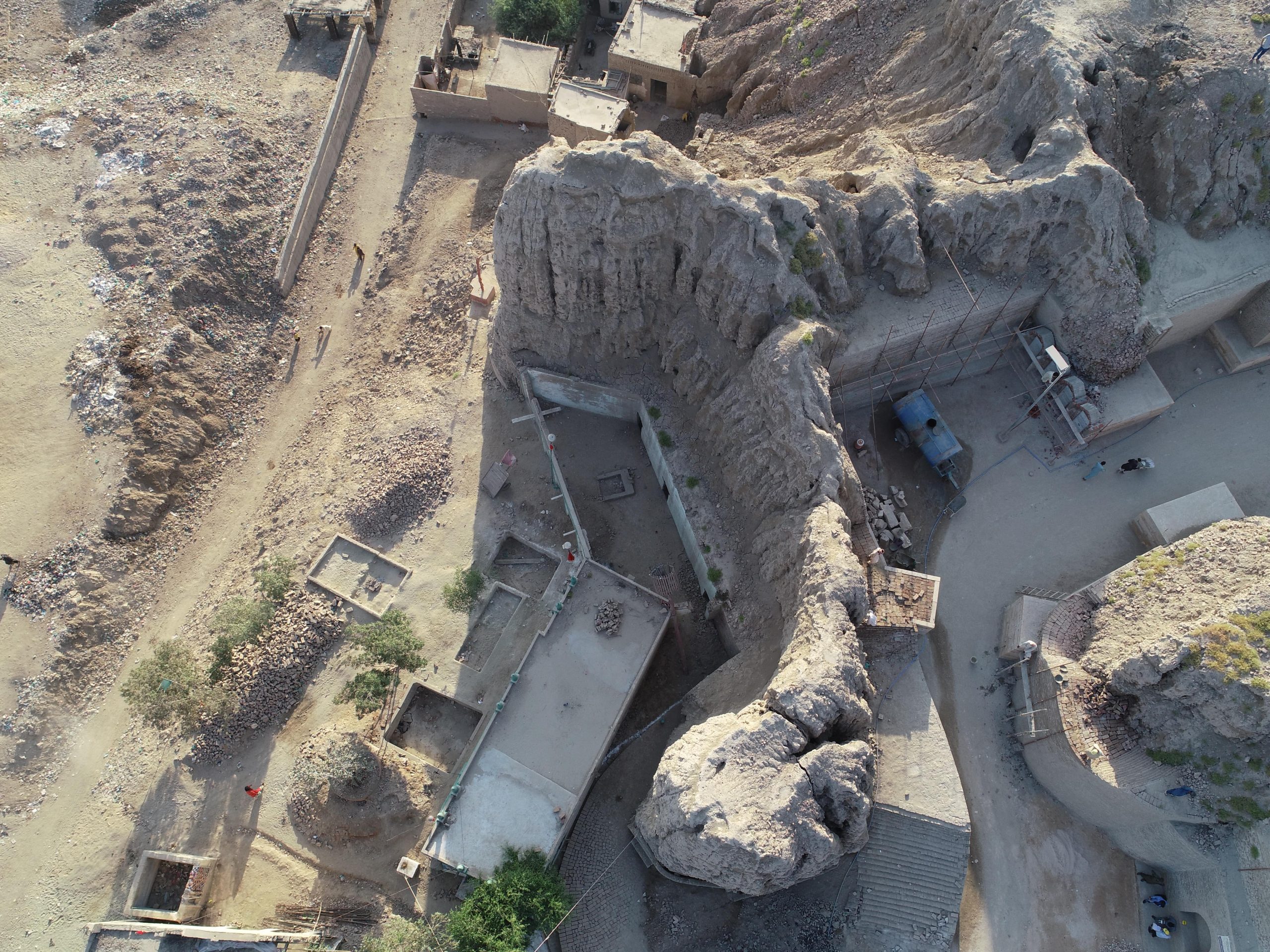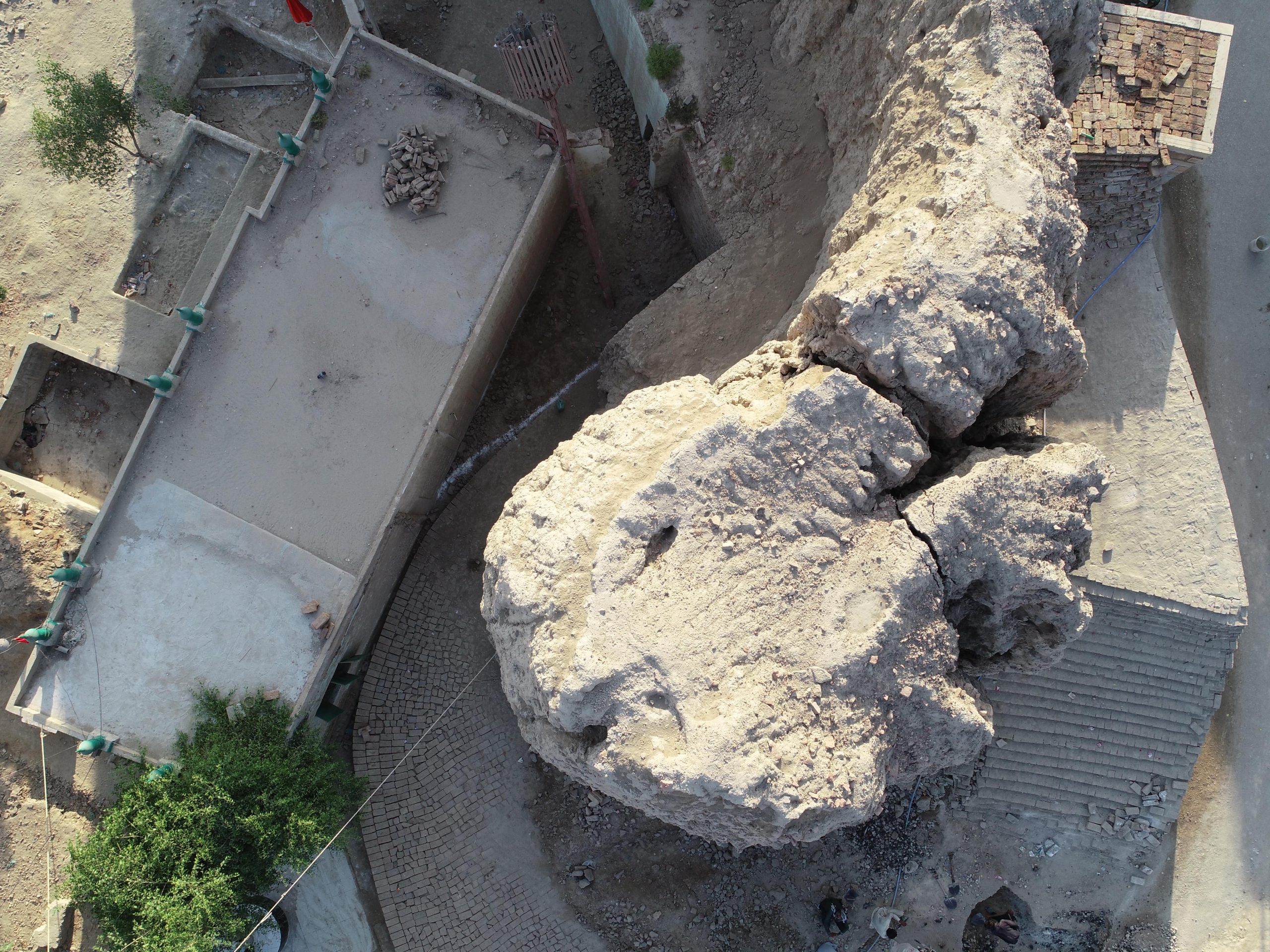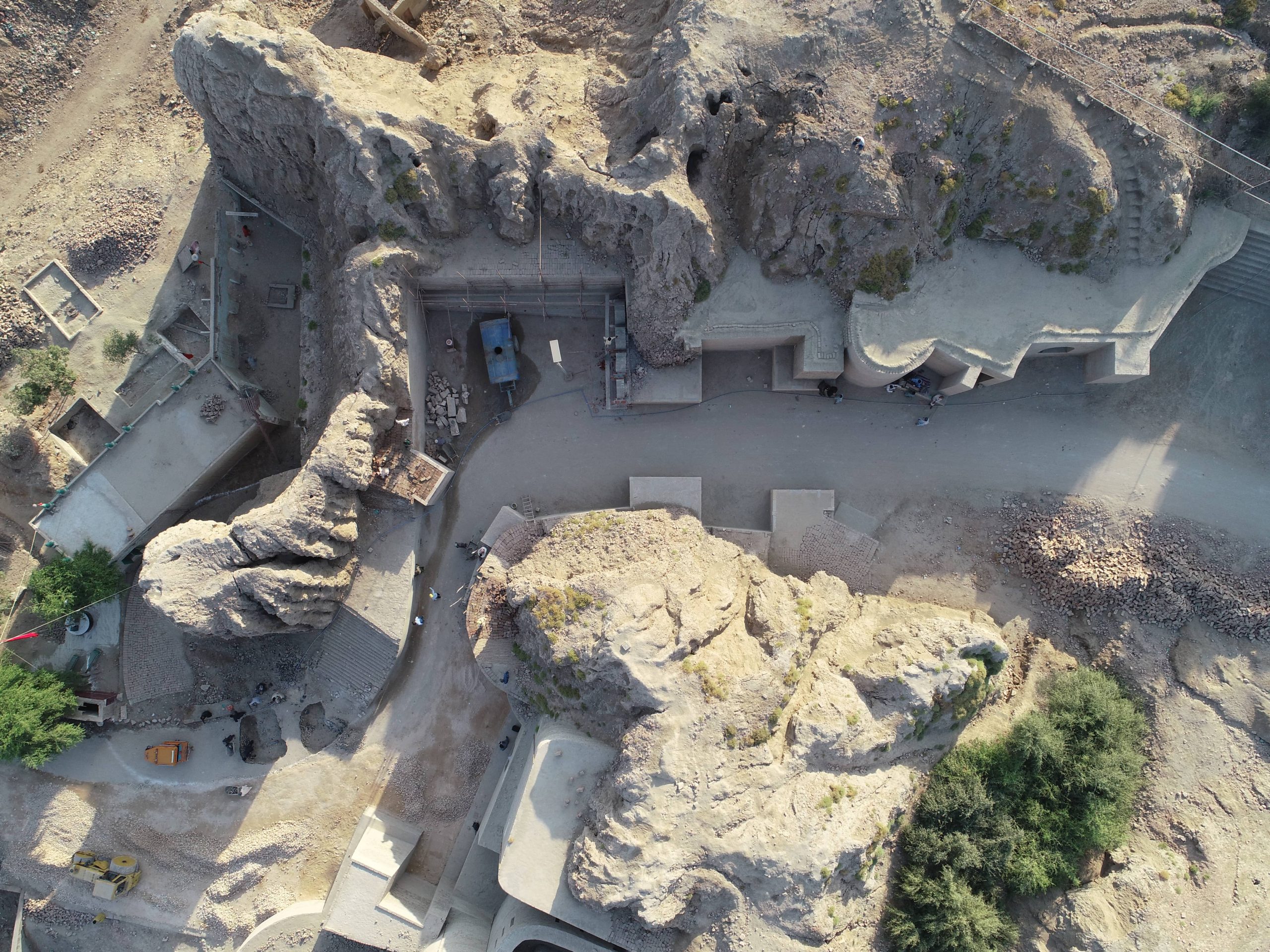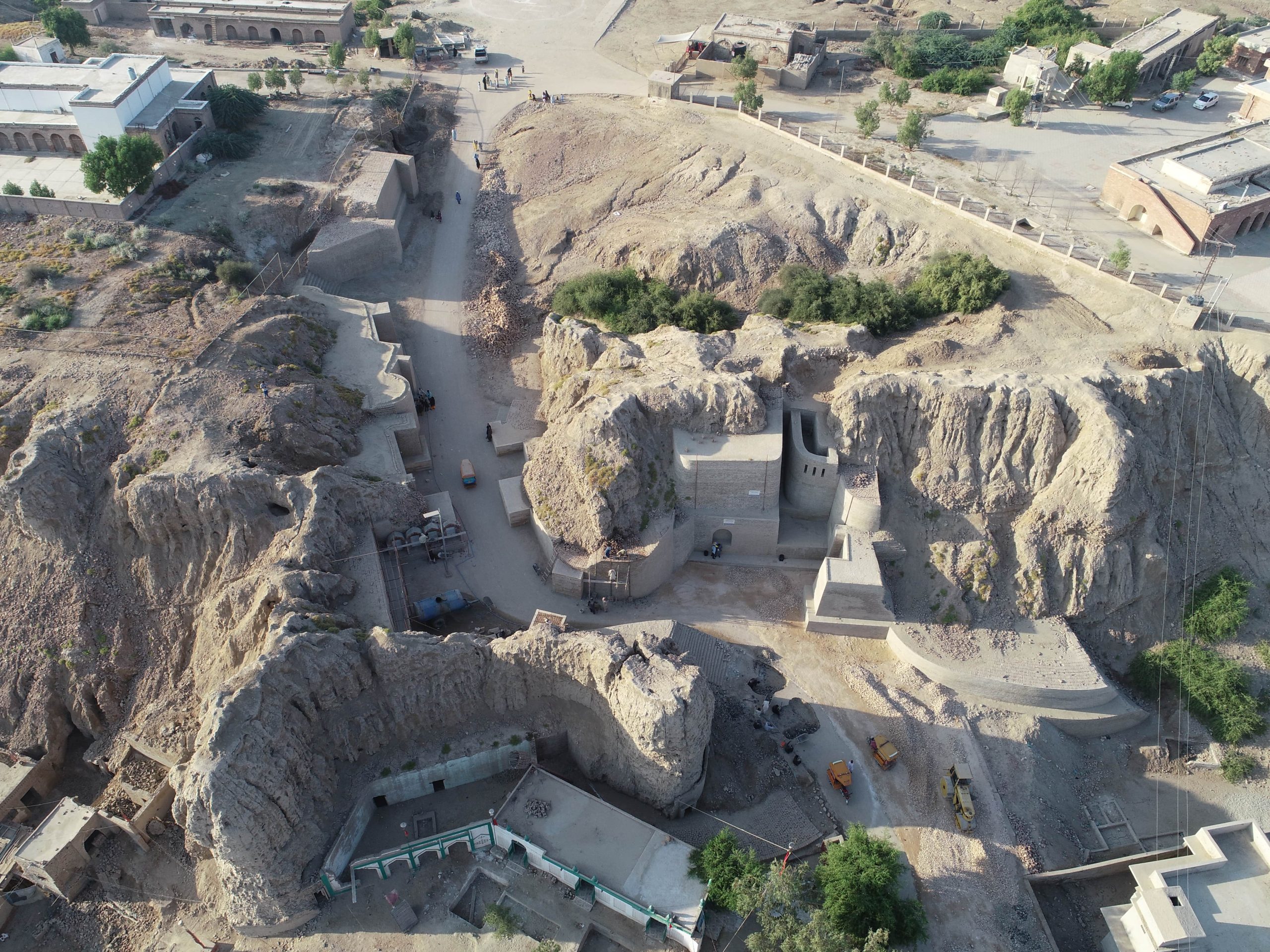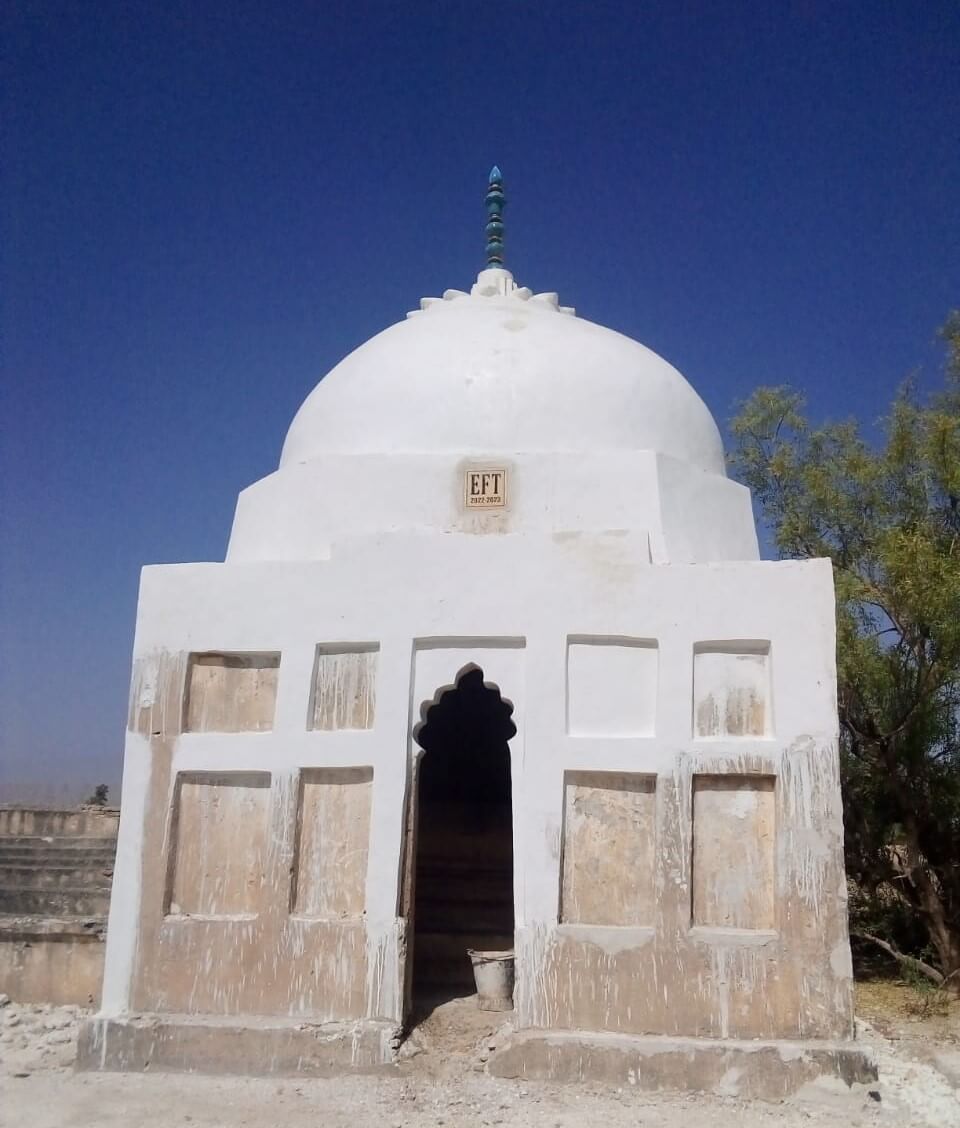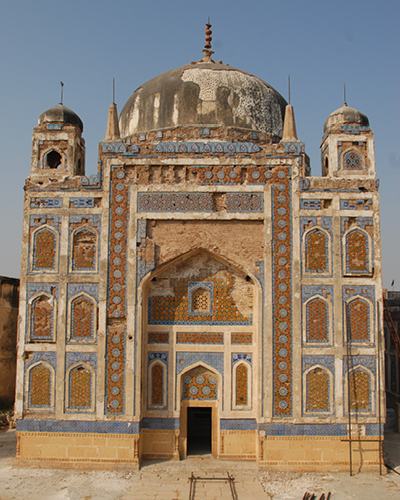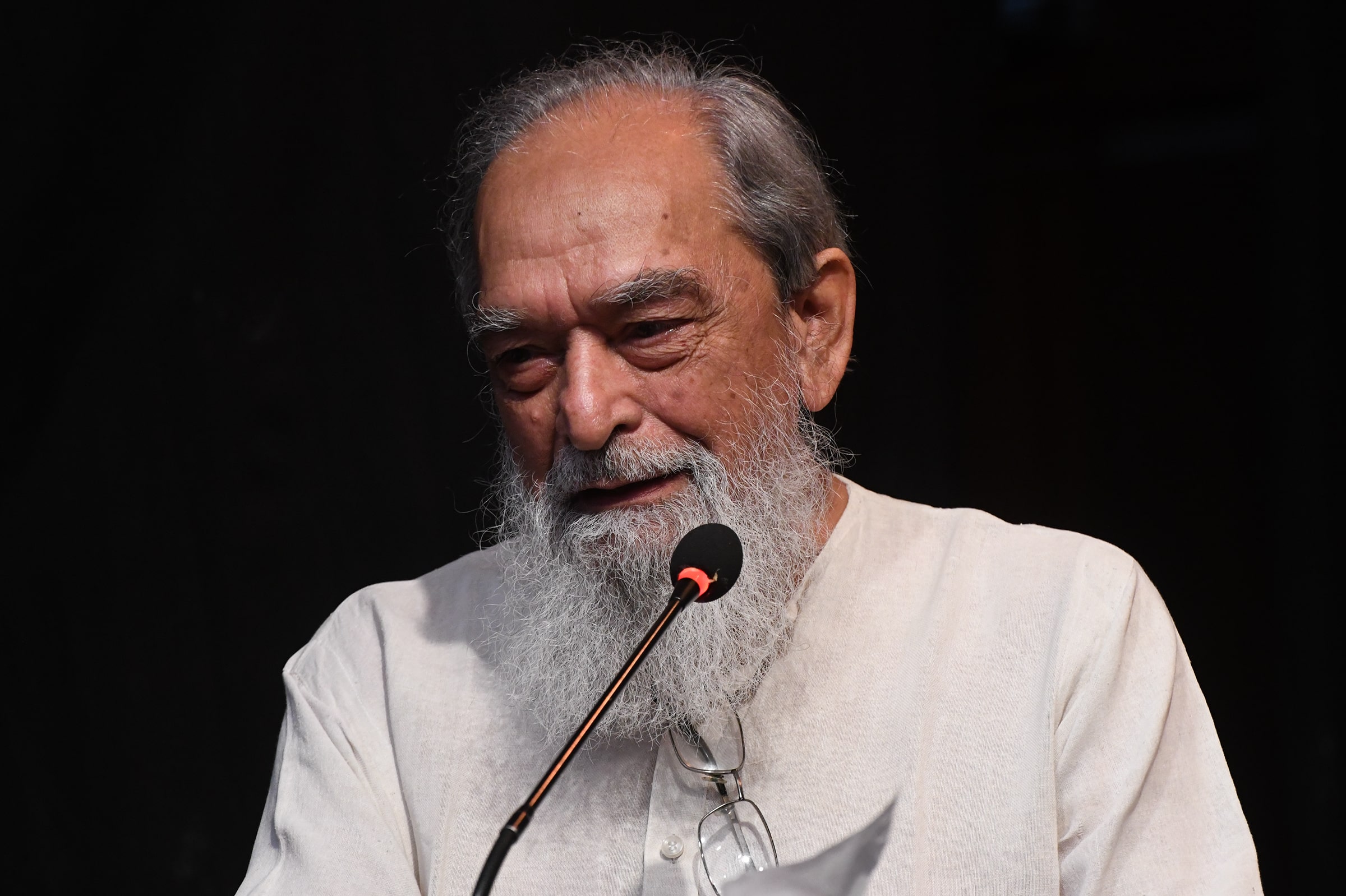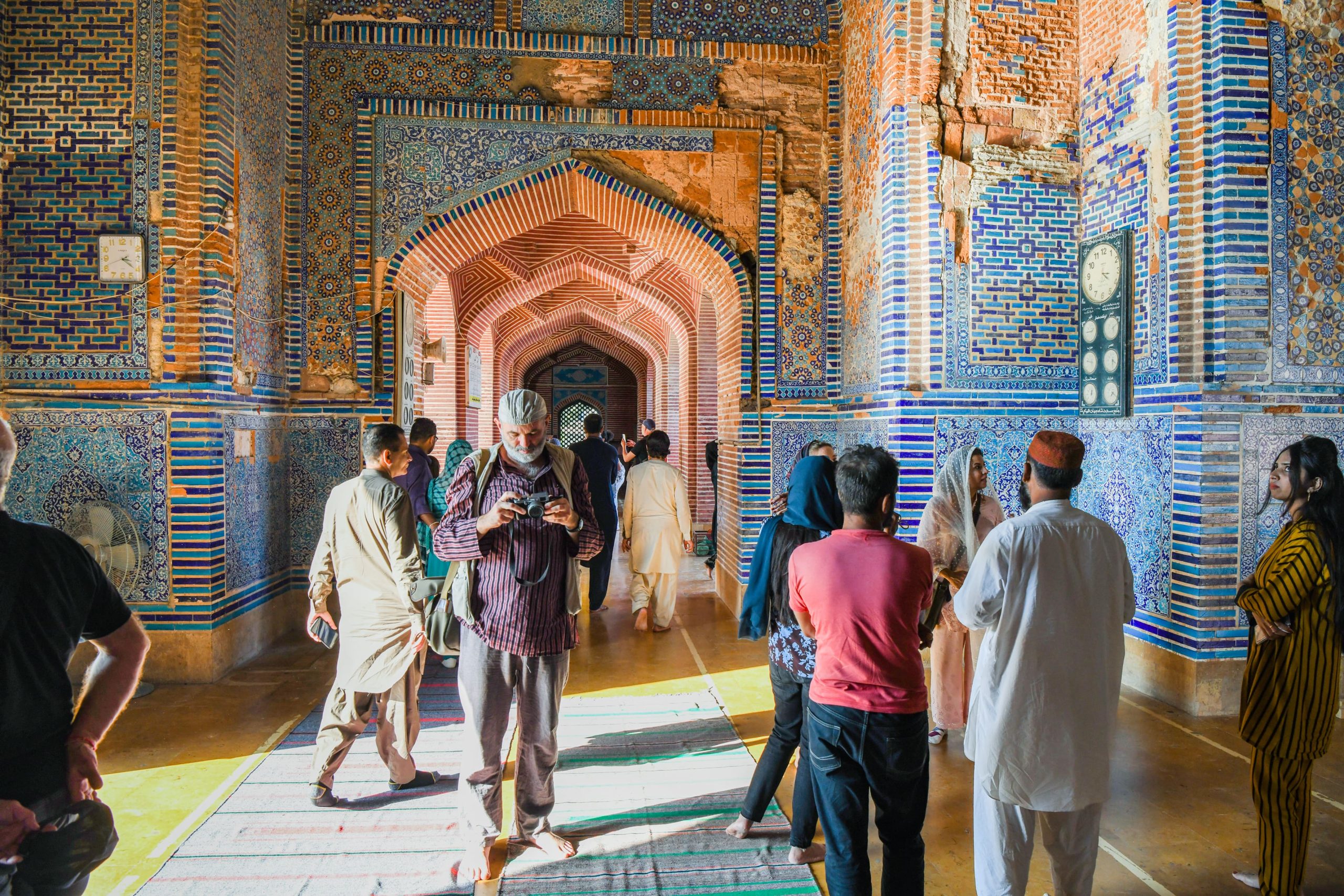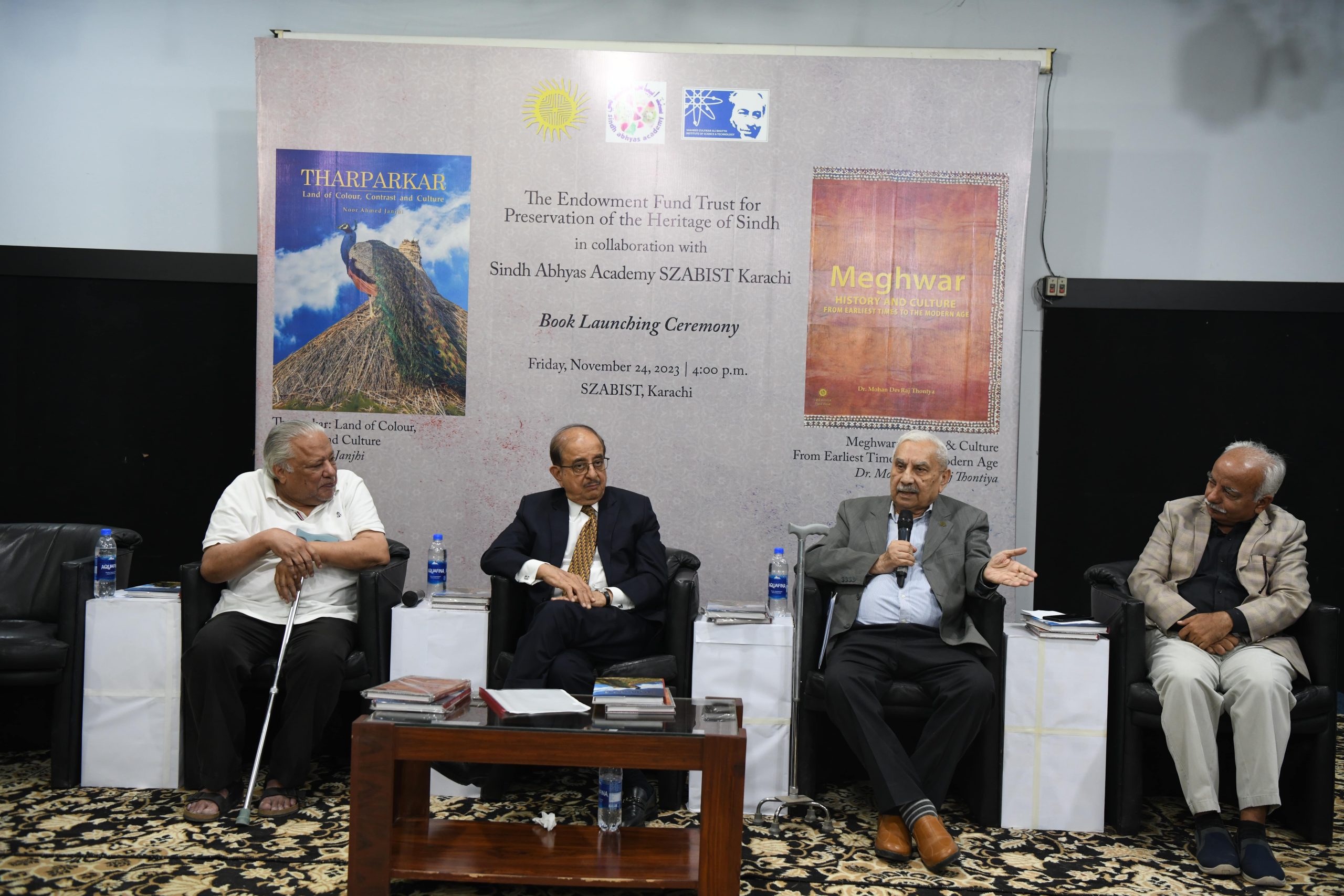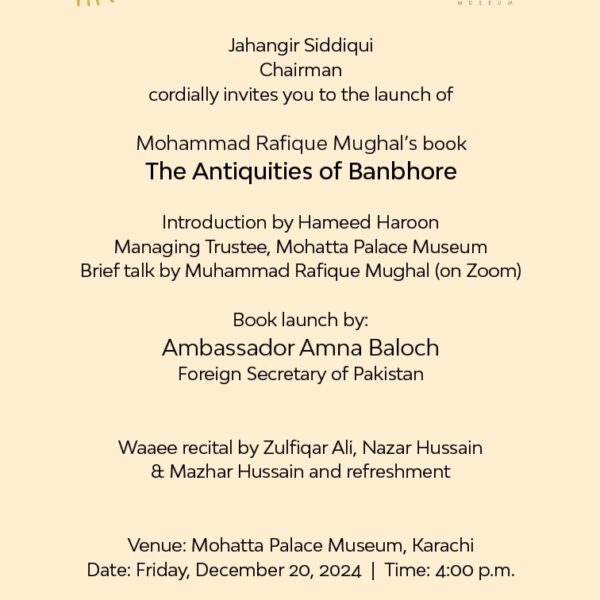Restoration of the Sehwan Fort
Sehwan Fort is considered to be the oldest fort in the sub-continent. Sehwan, it is believed, existed before the Vedic period (around 1500 B.C.E.). Some etymologists posit that since the city is established on the bank of River Indus, all its names relate to the river; Sharosat, Sadosat, Sawistan, Sidustan etc. Certain scholars have associated the name of Seiwistan with Seythians. In the second and third centuries B.C.E, the region of Sehwan was dominated by Seythians, and the place, these scholars argue, came to knowns as seiwistan.
The Sehwan Fort is strategically located on the bank of Indus River and surrounded by the Aral Wah canal. On the southern side of the fort are the Laki Hills. Sehwan Fort protects the Laki Pass, which was considered to be the key to the country, because invaders had to pass through it to attack the region. Manchar Lake, one of Asia’s biggest fresh water lake, is in close proximity to the fort.
The ancient fort of Sehwan is built with burnt bricks, and is located north of the town, on a towering hill. Parts of the walls and towers are in a ruinous state. Four main ravines have cut the mound, of which two are presumably the old entrances of the citadel. The fifth ravine, on the south, is the main entrance to the fort. Read More
